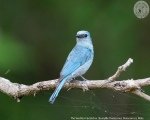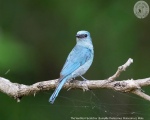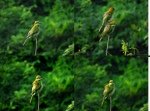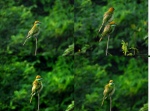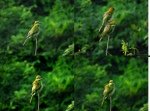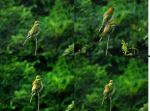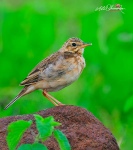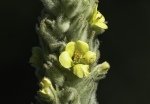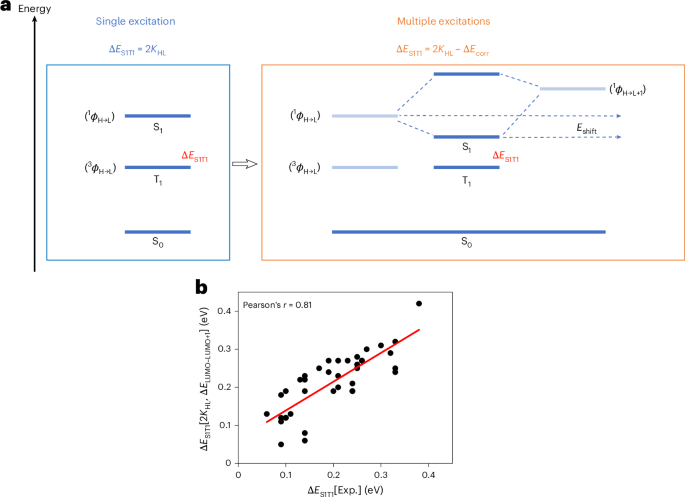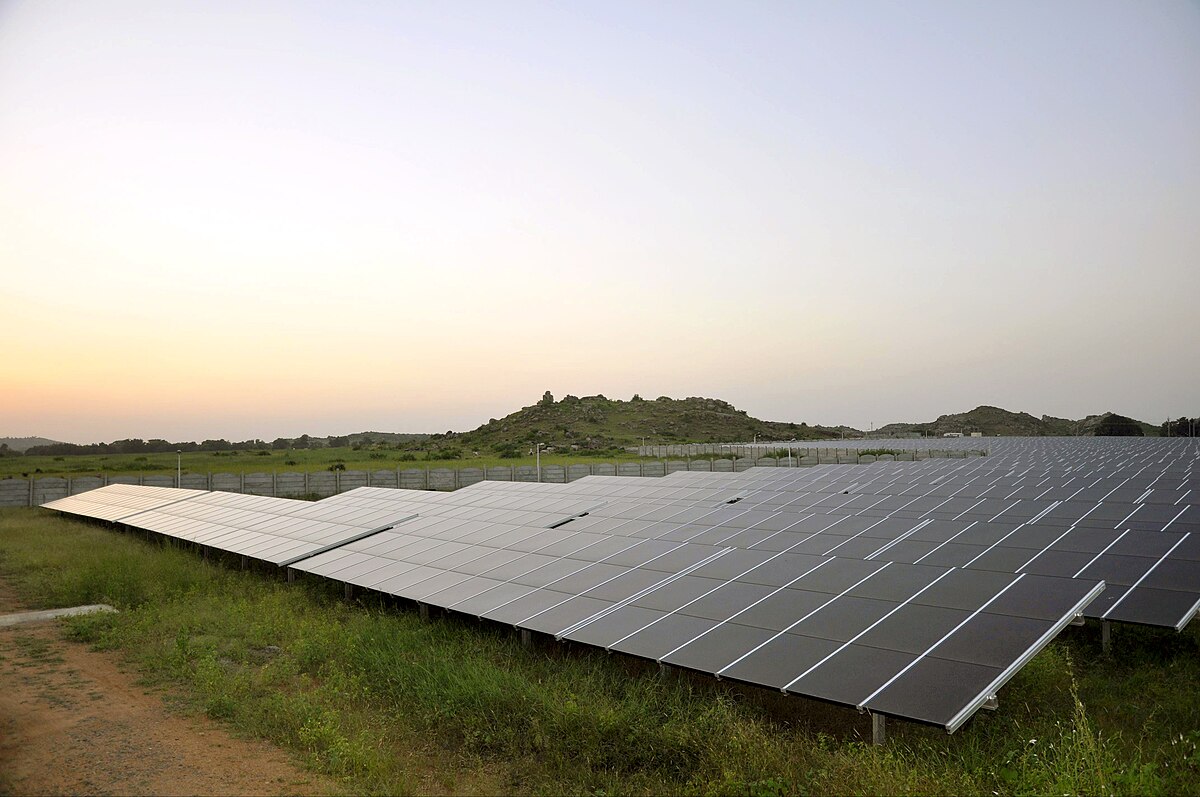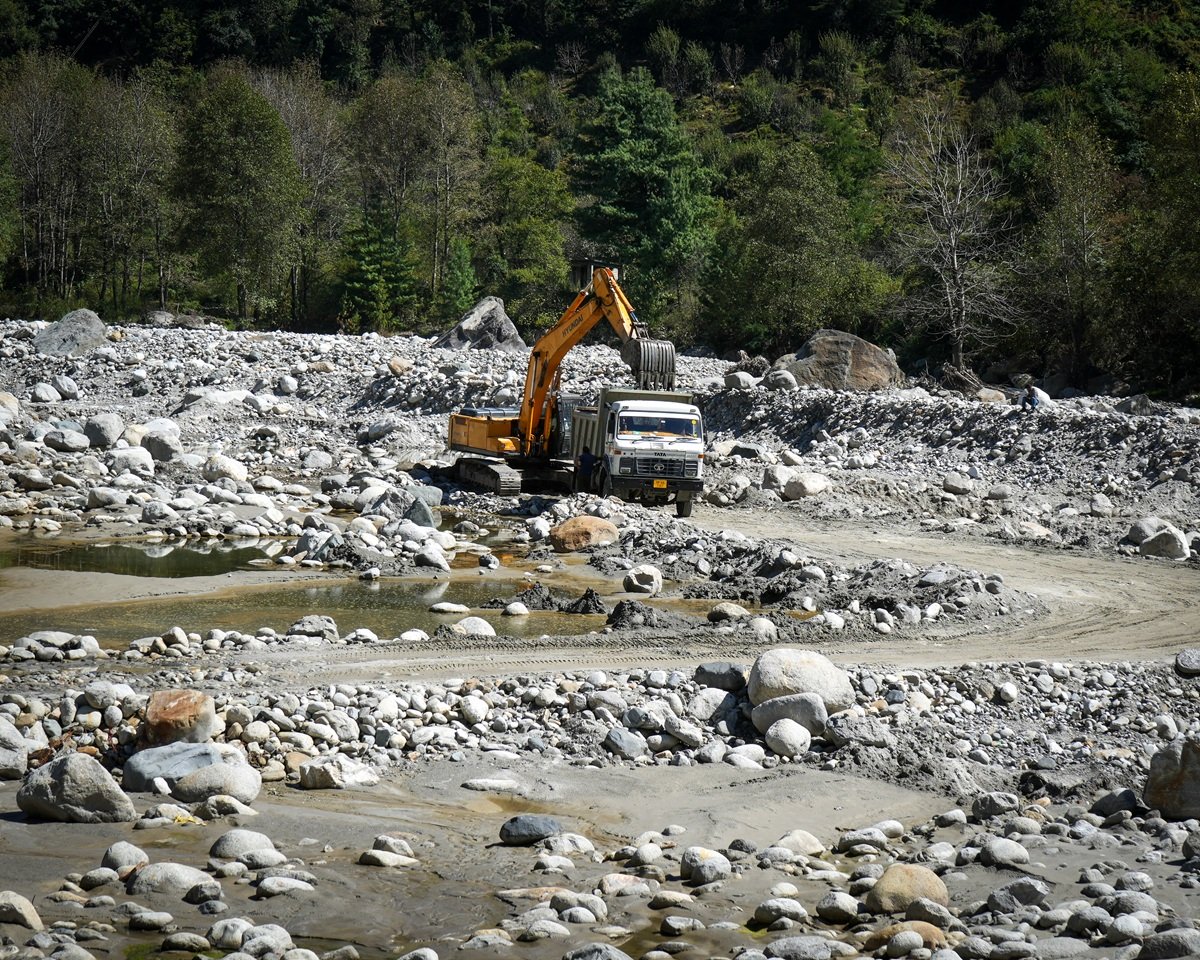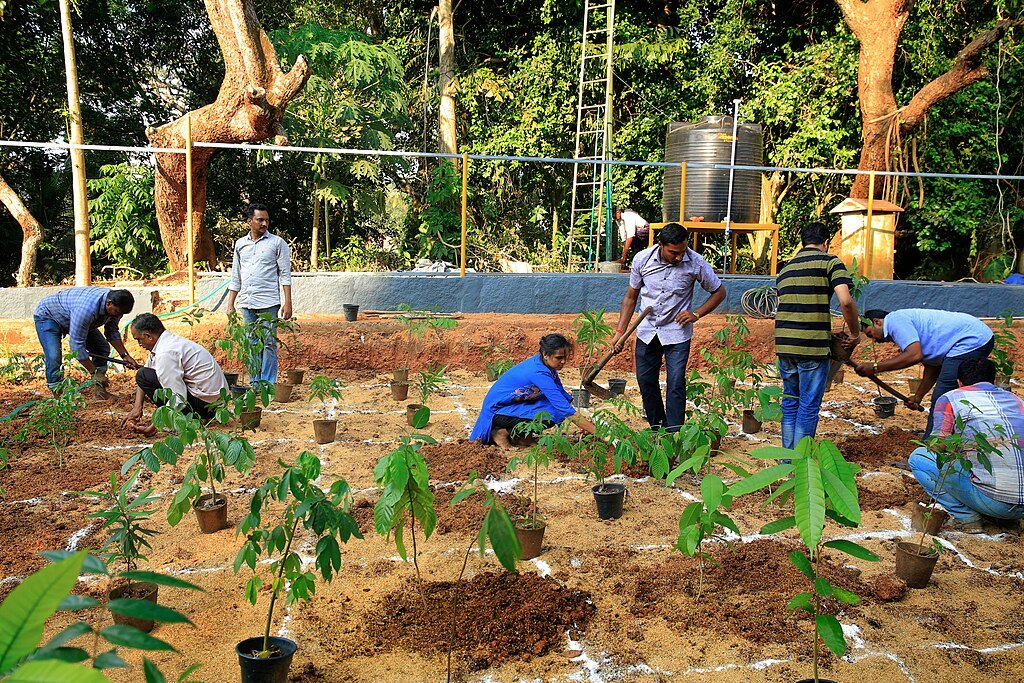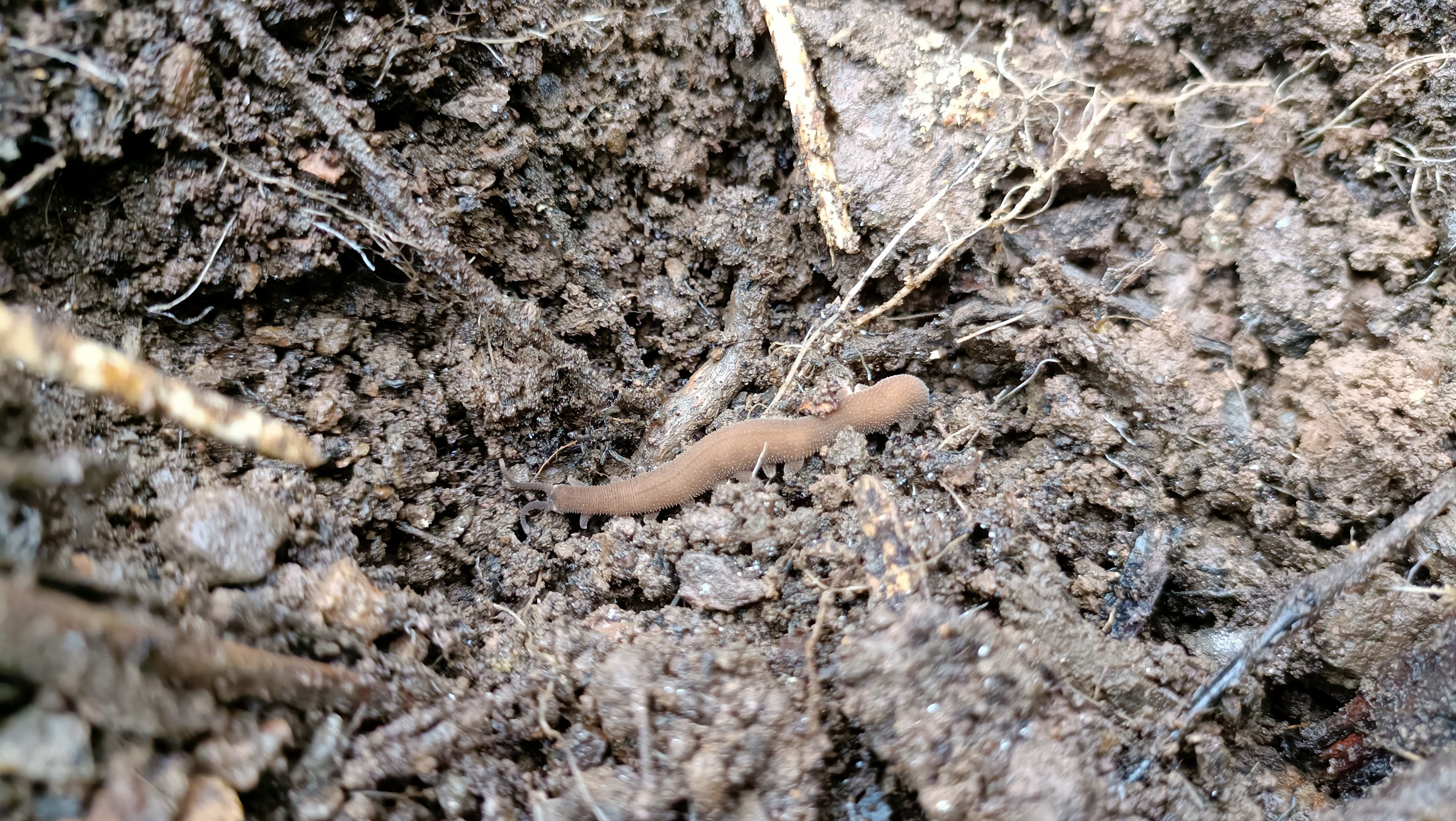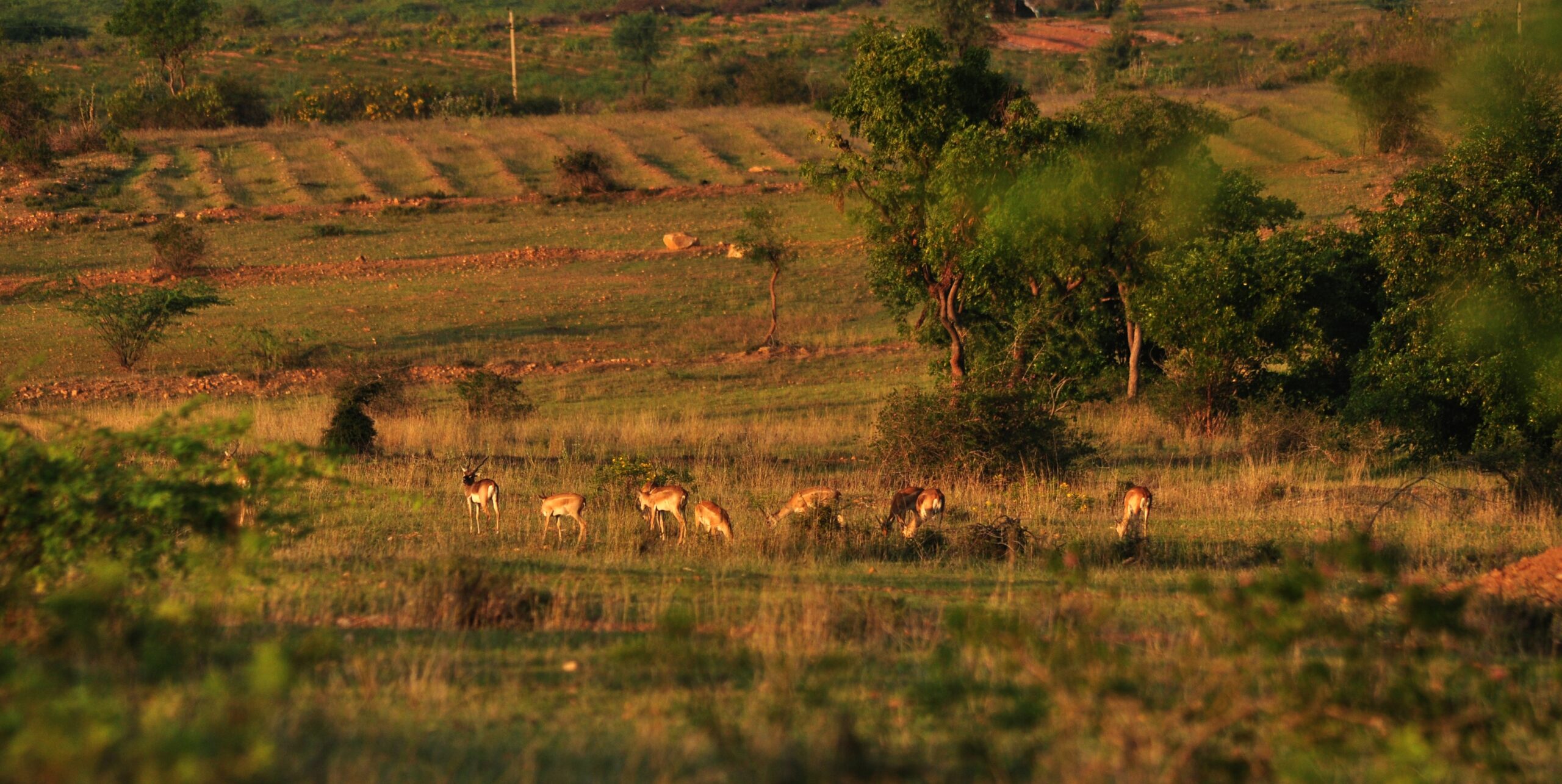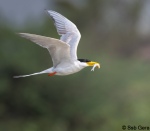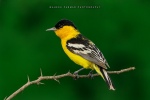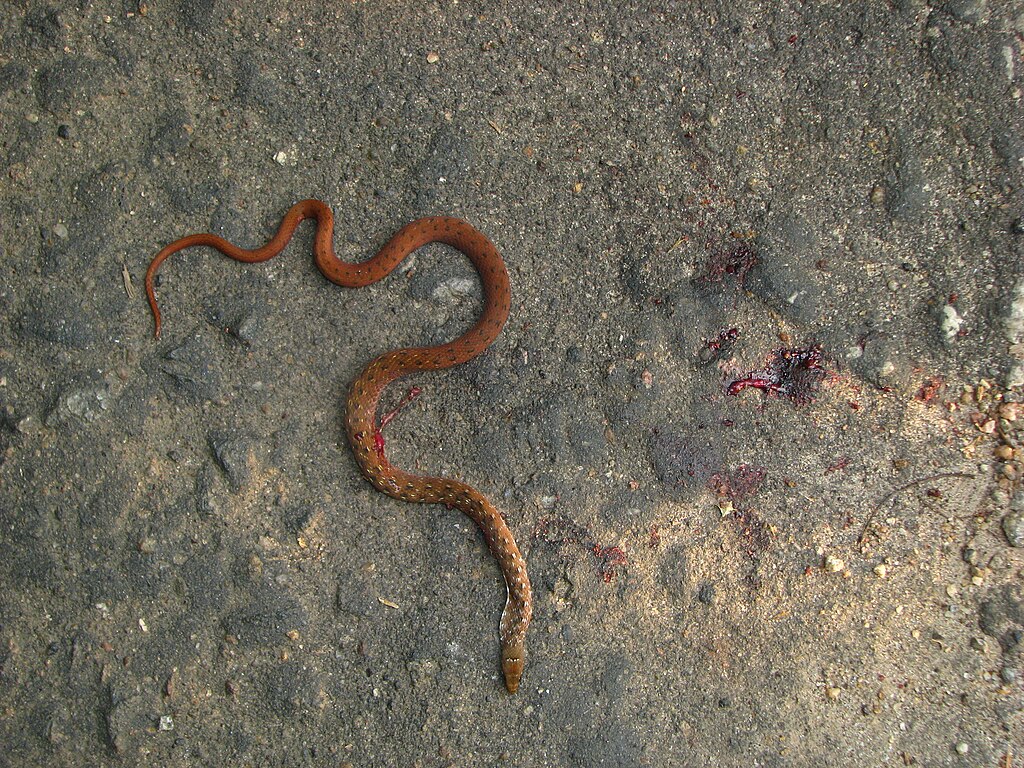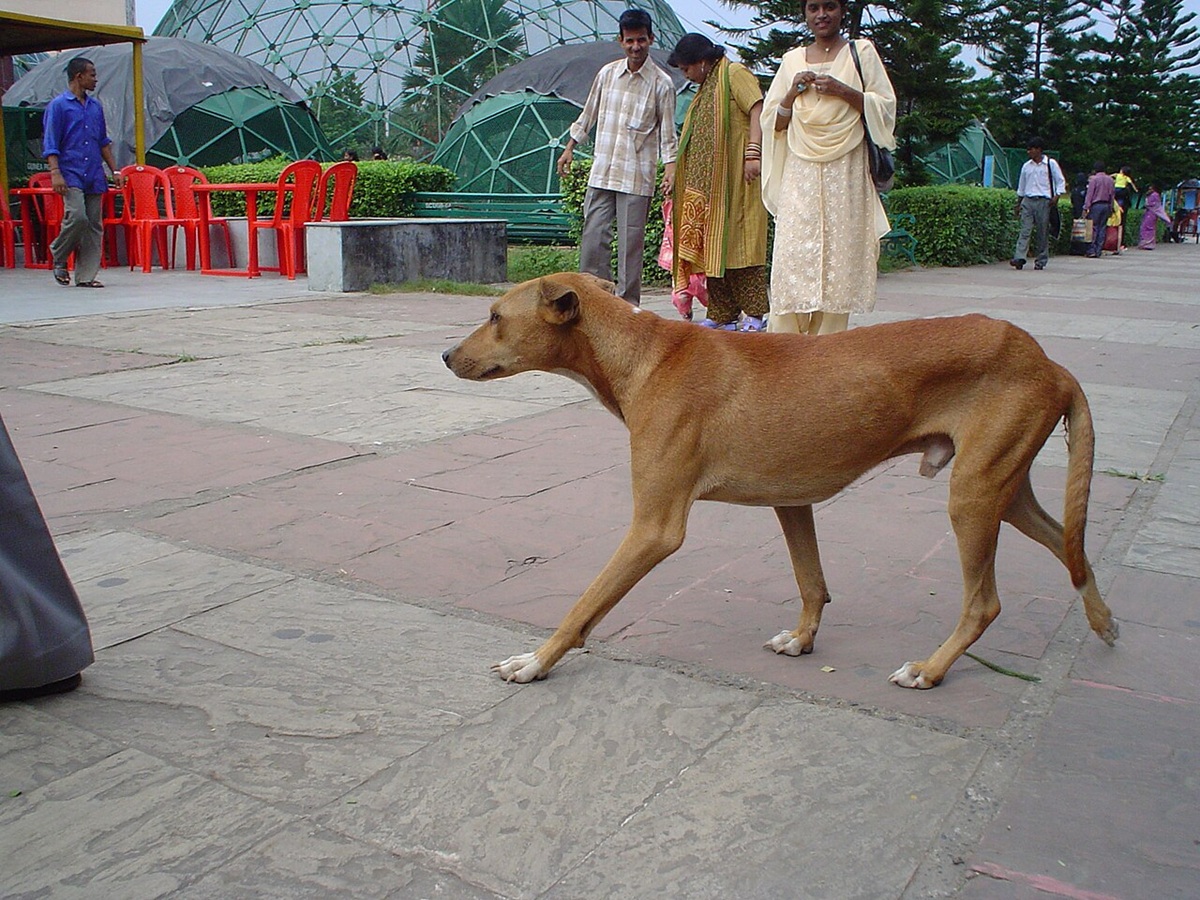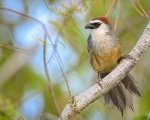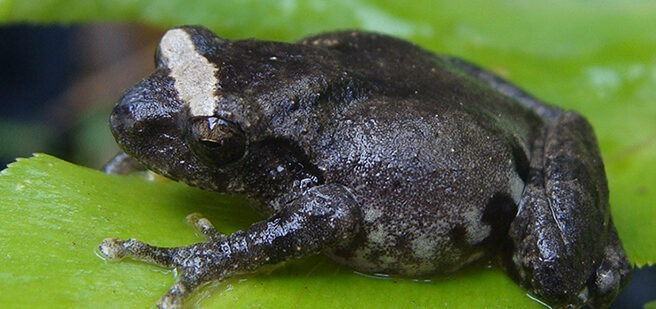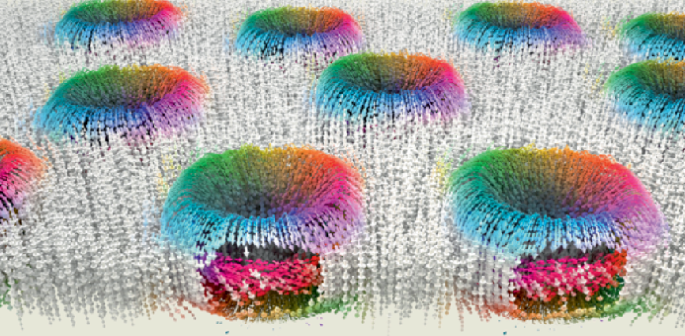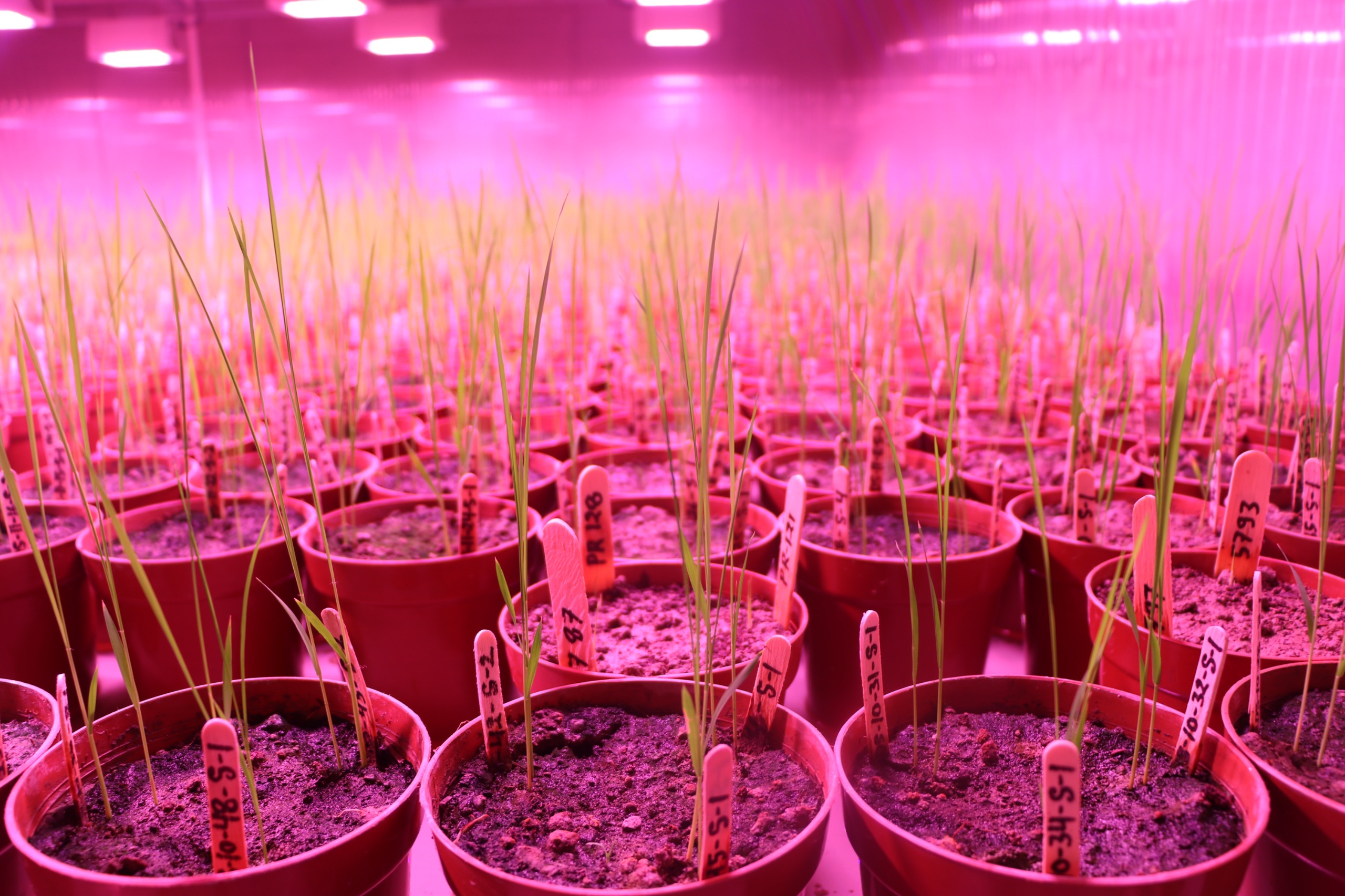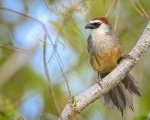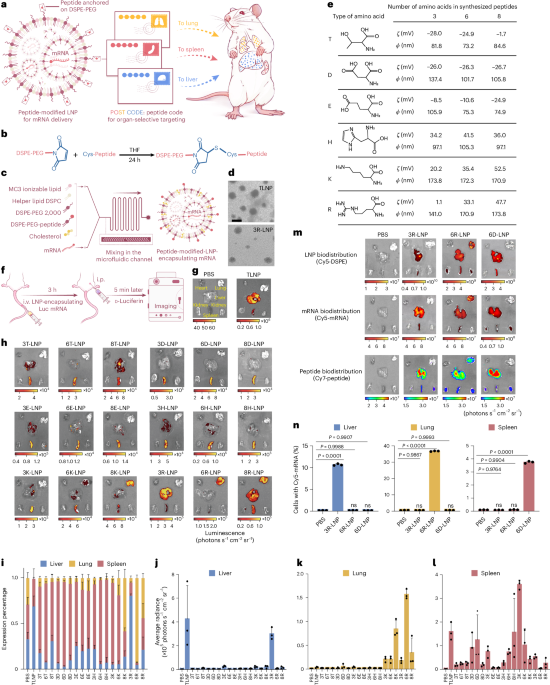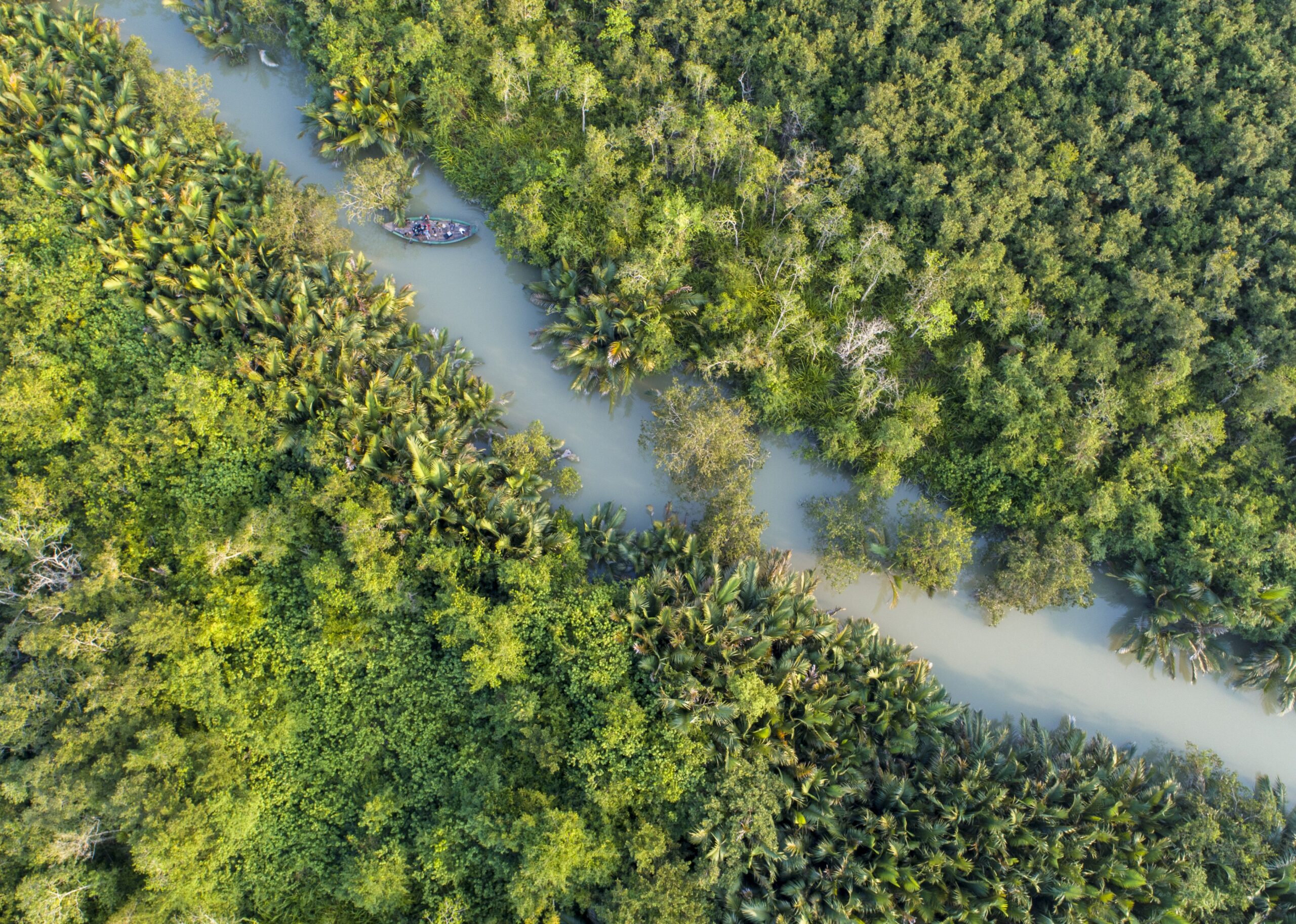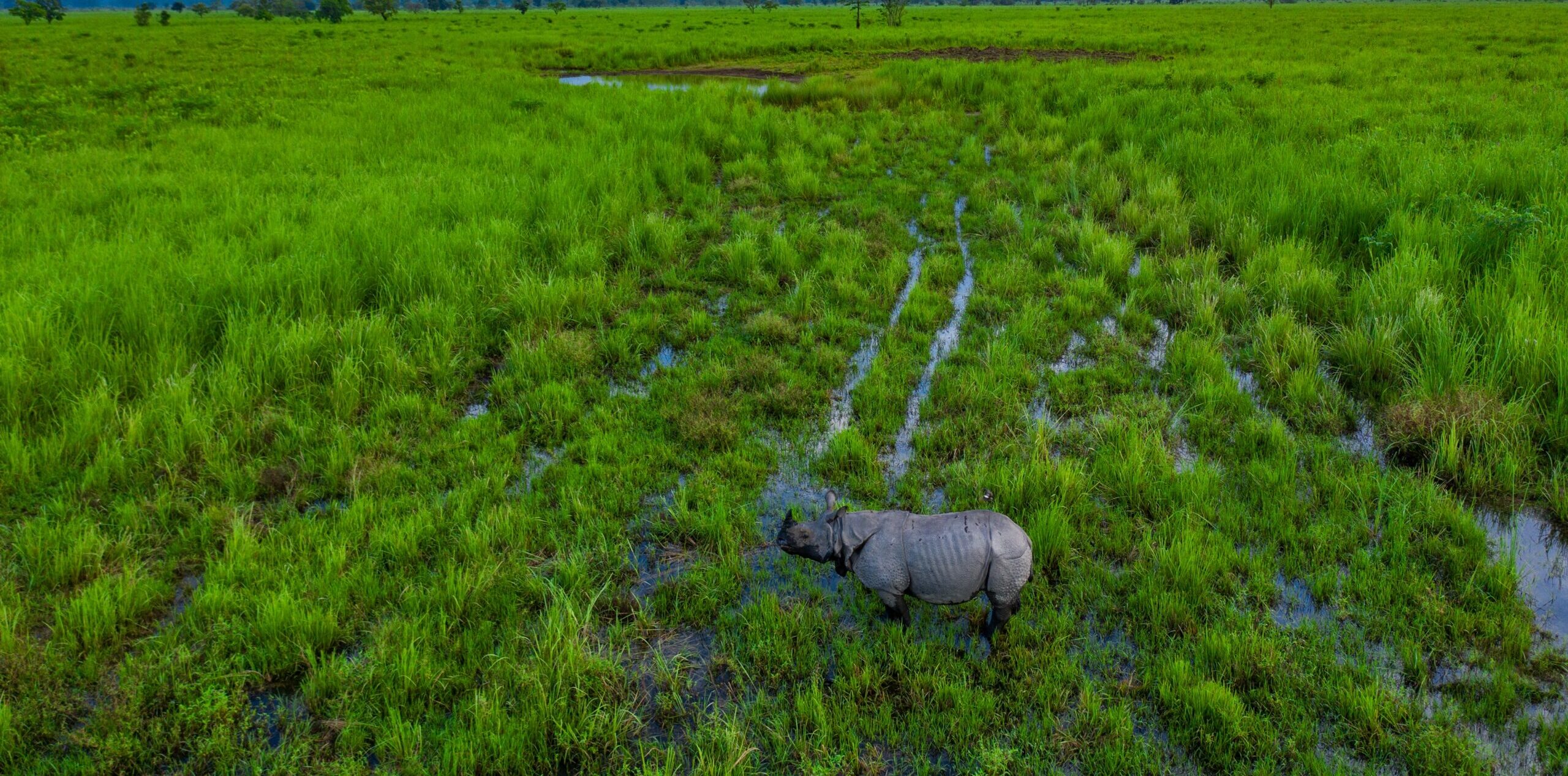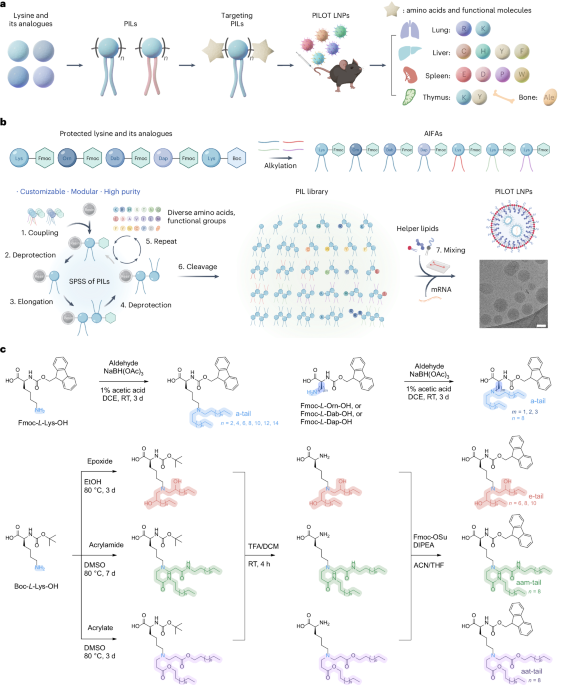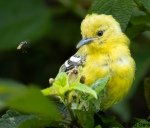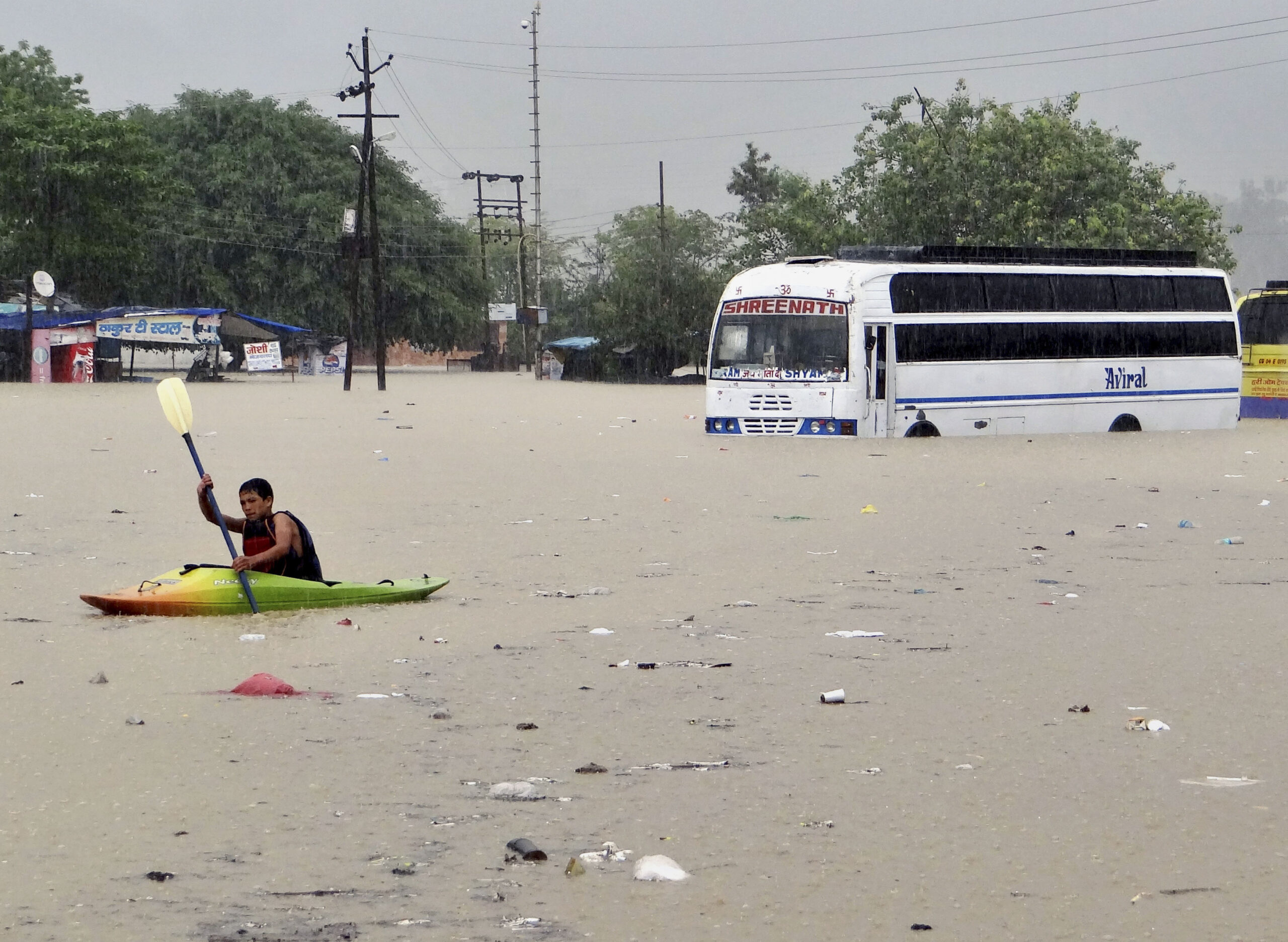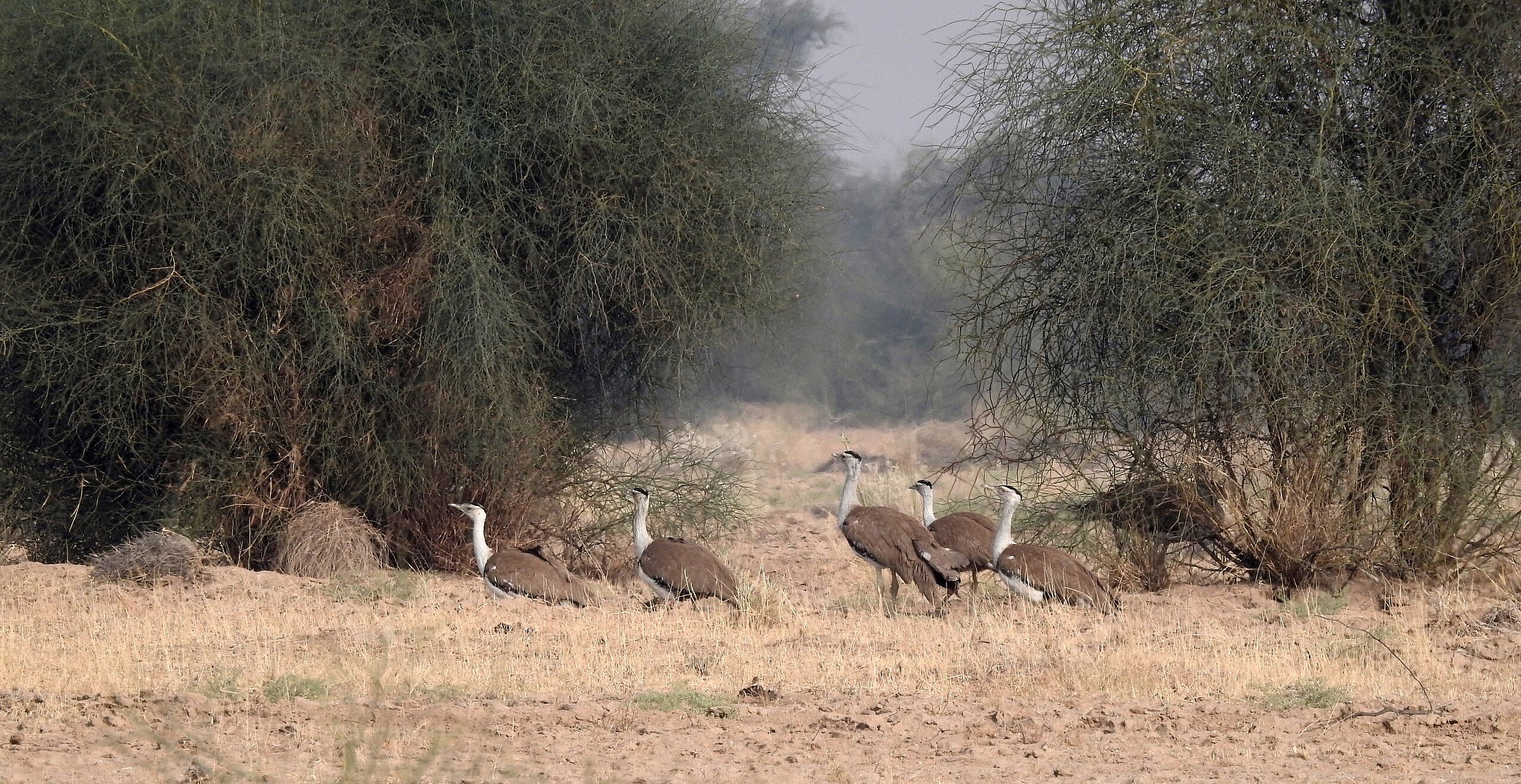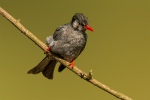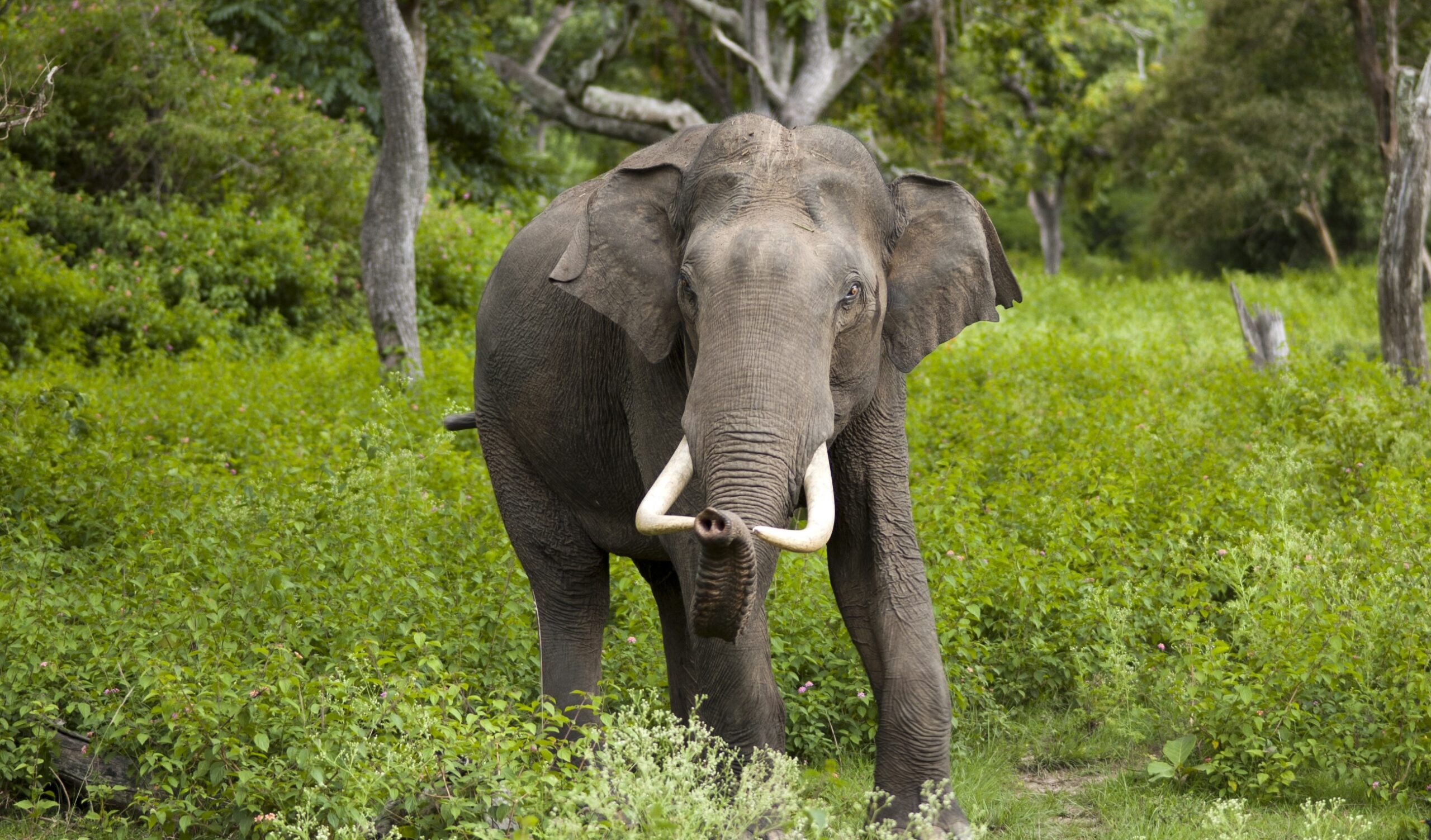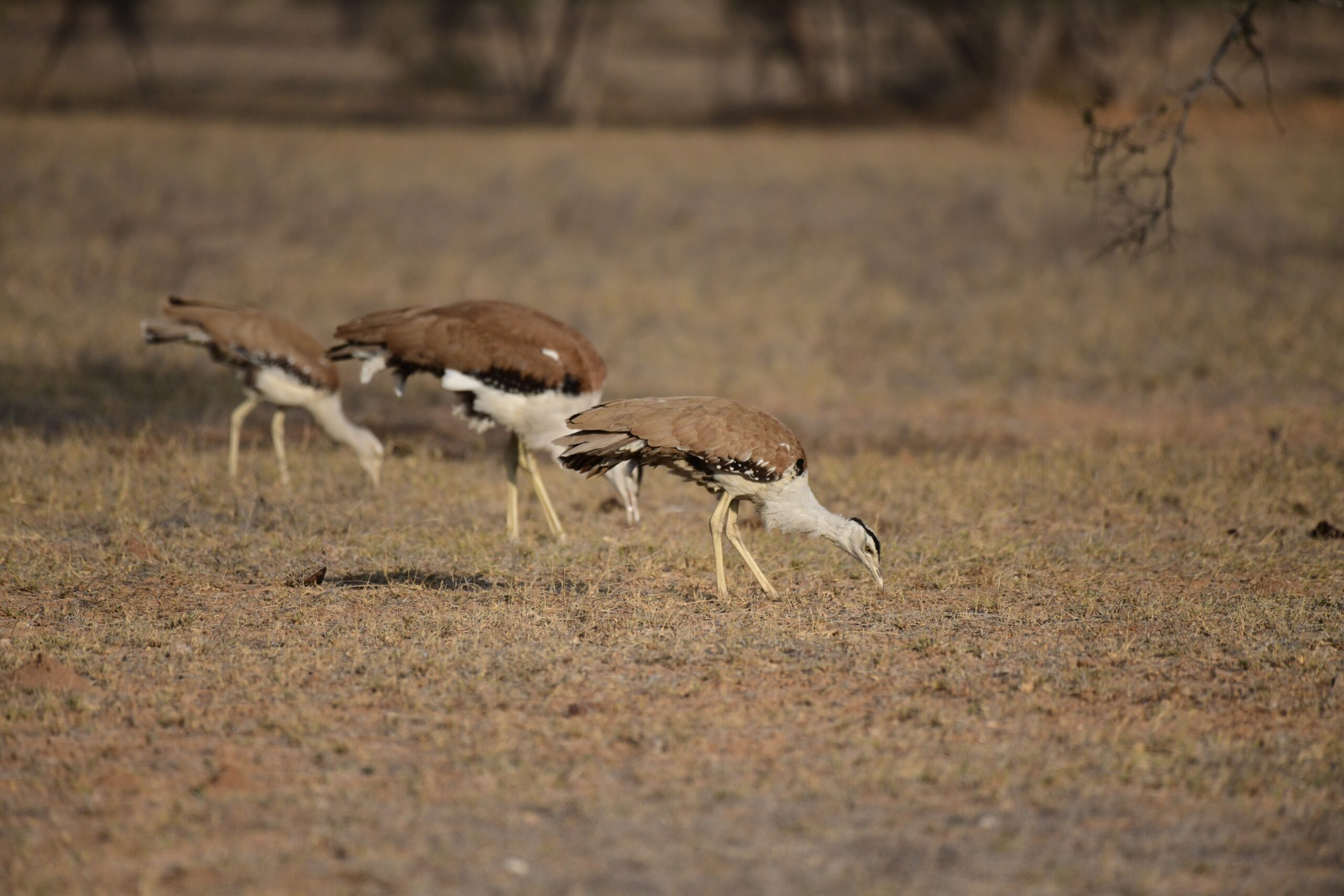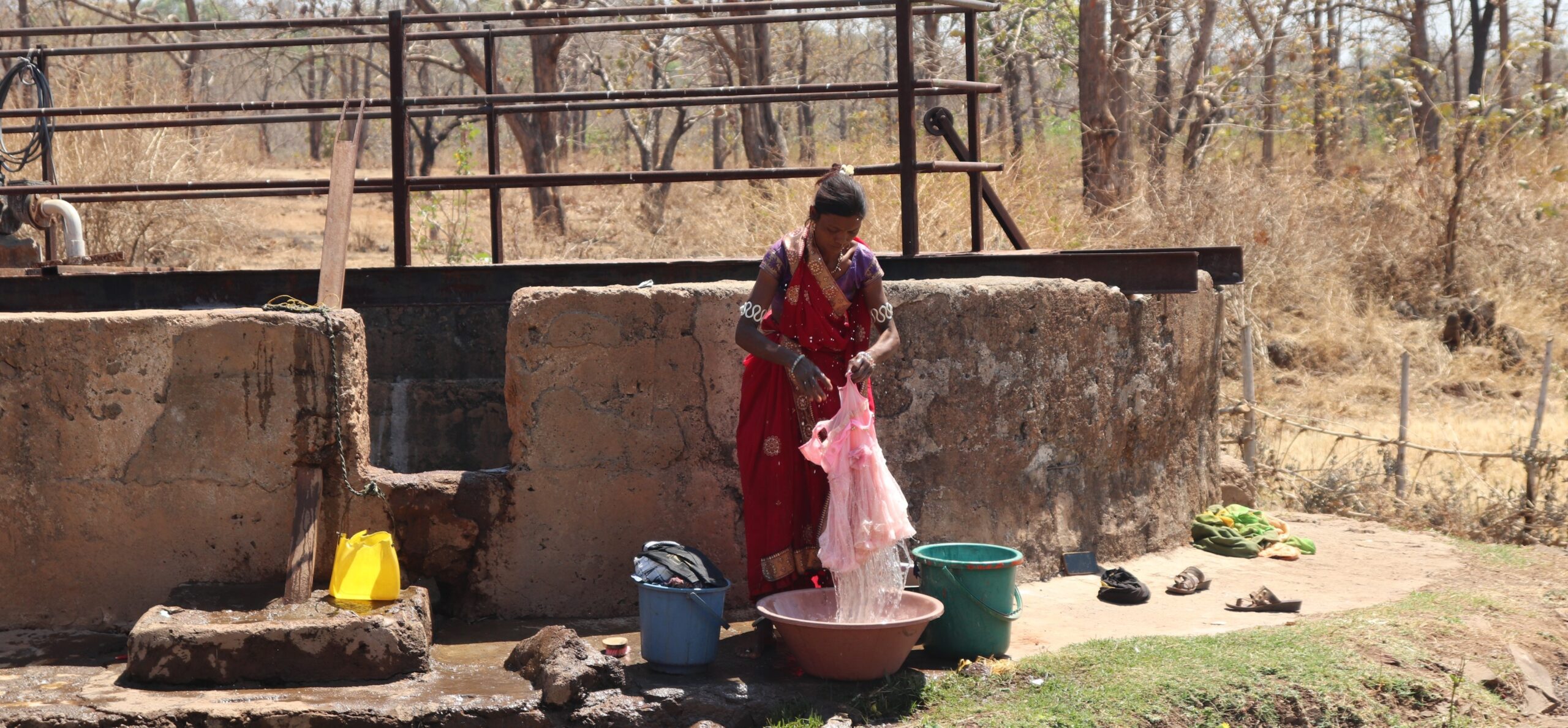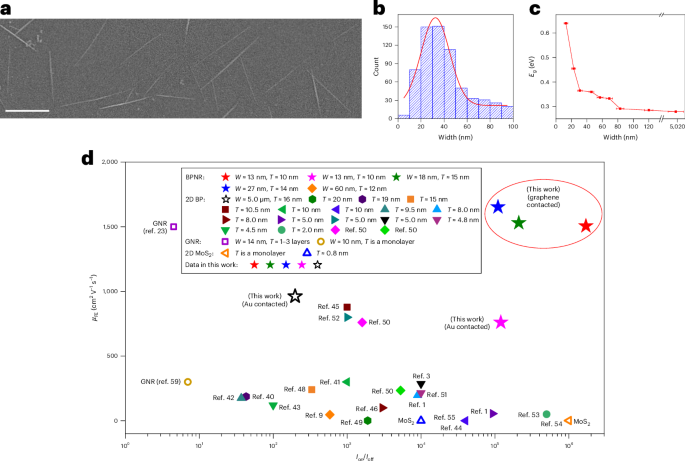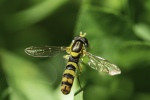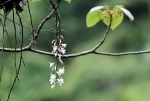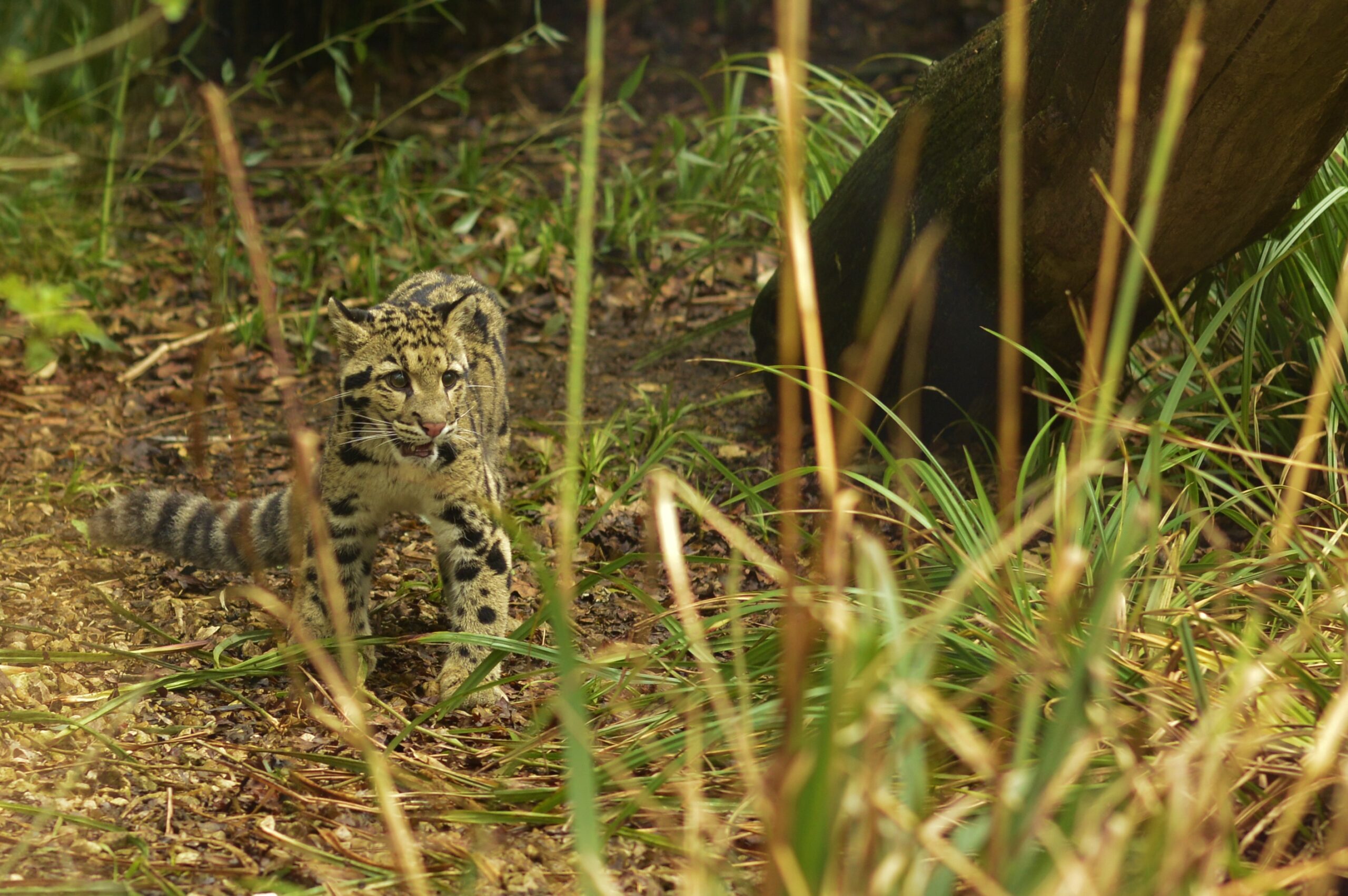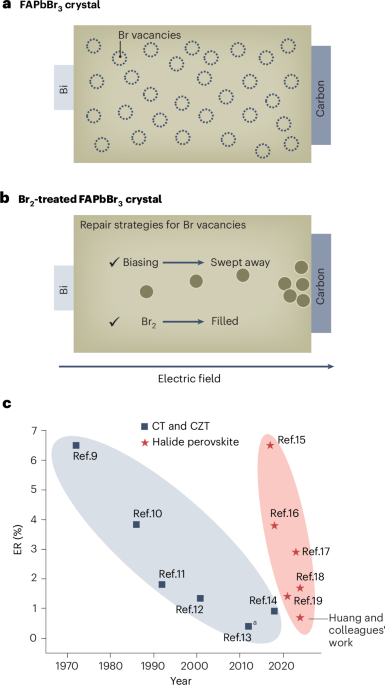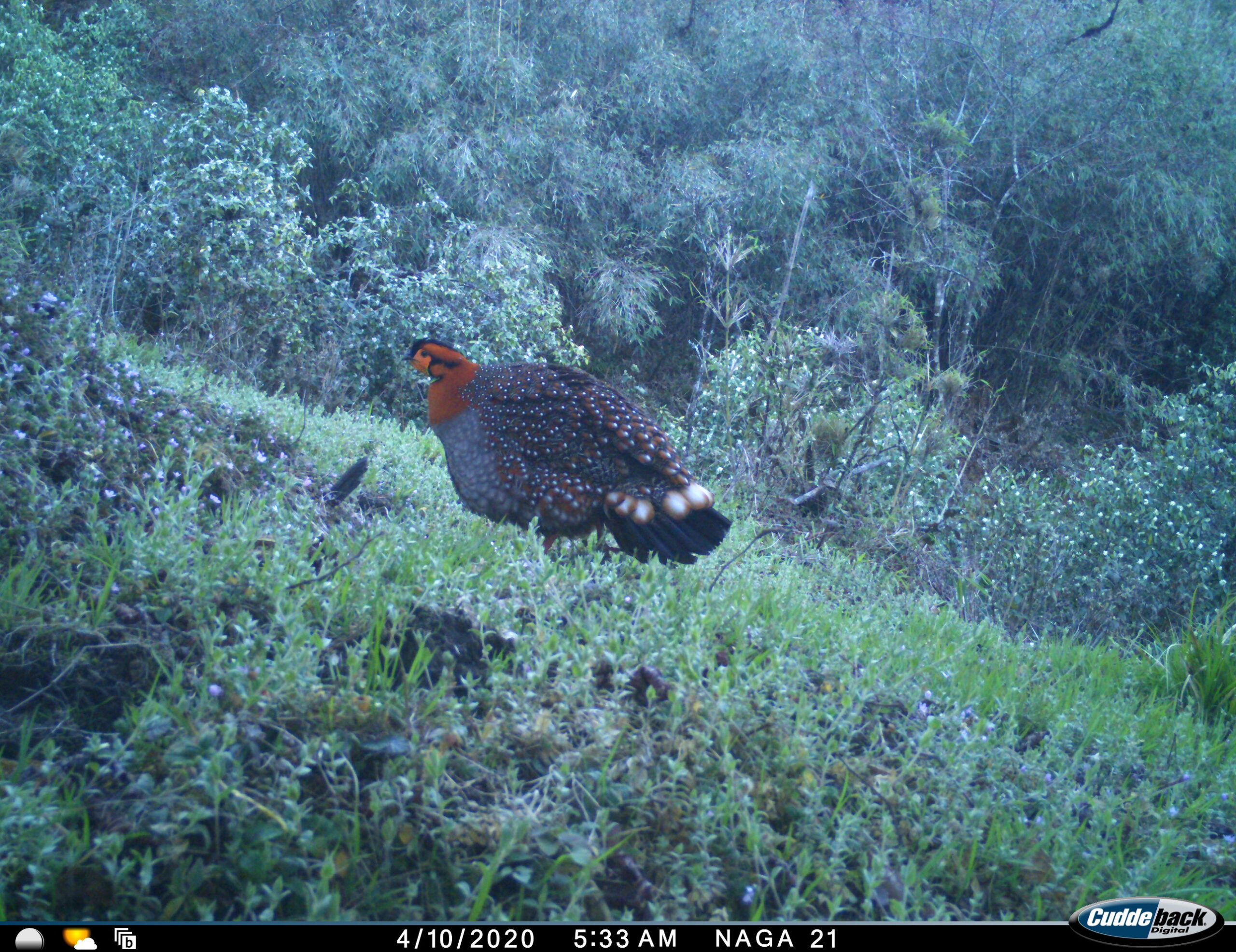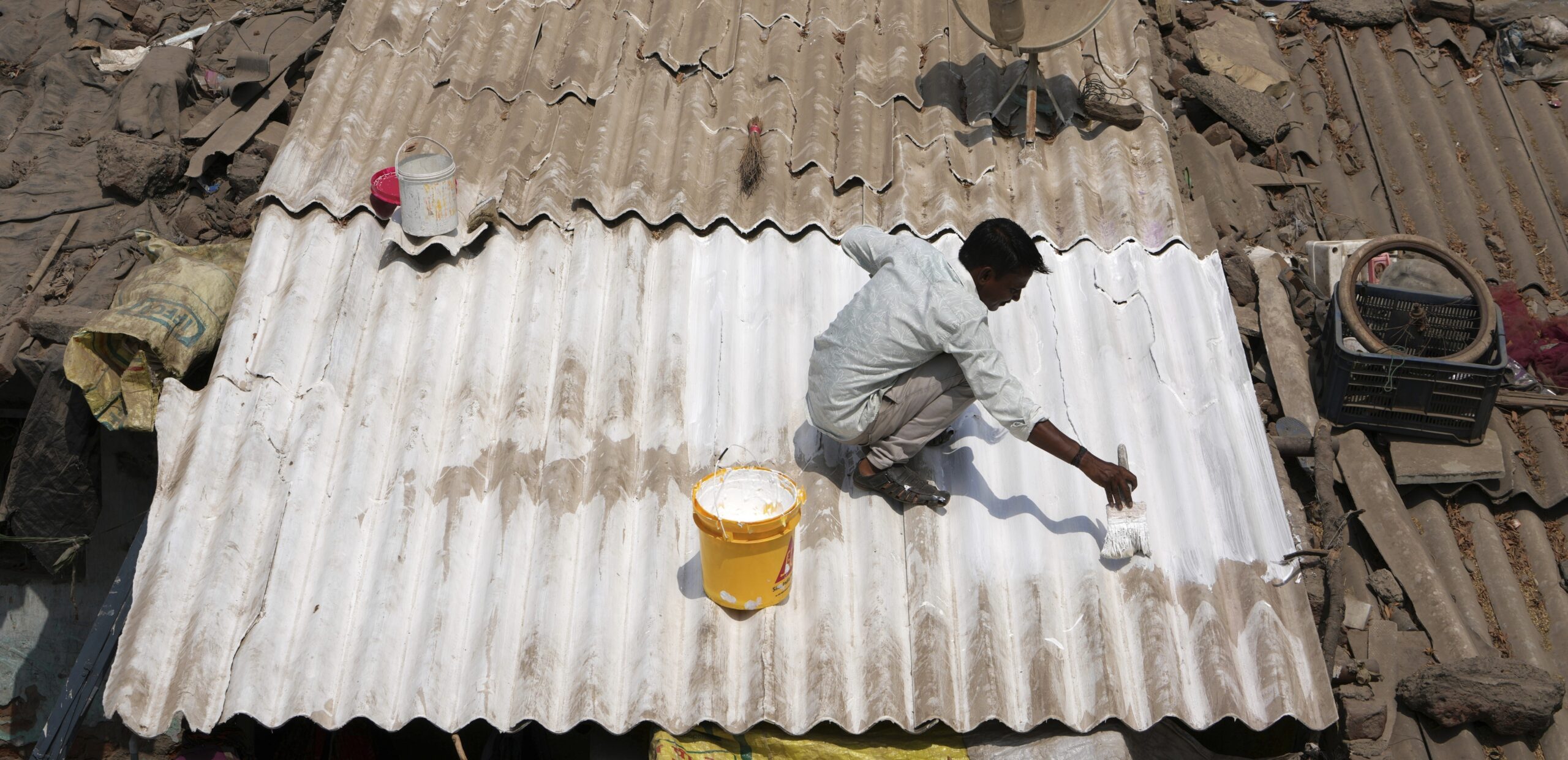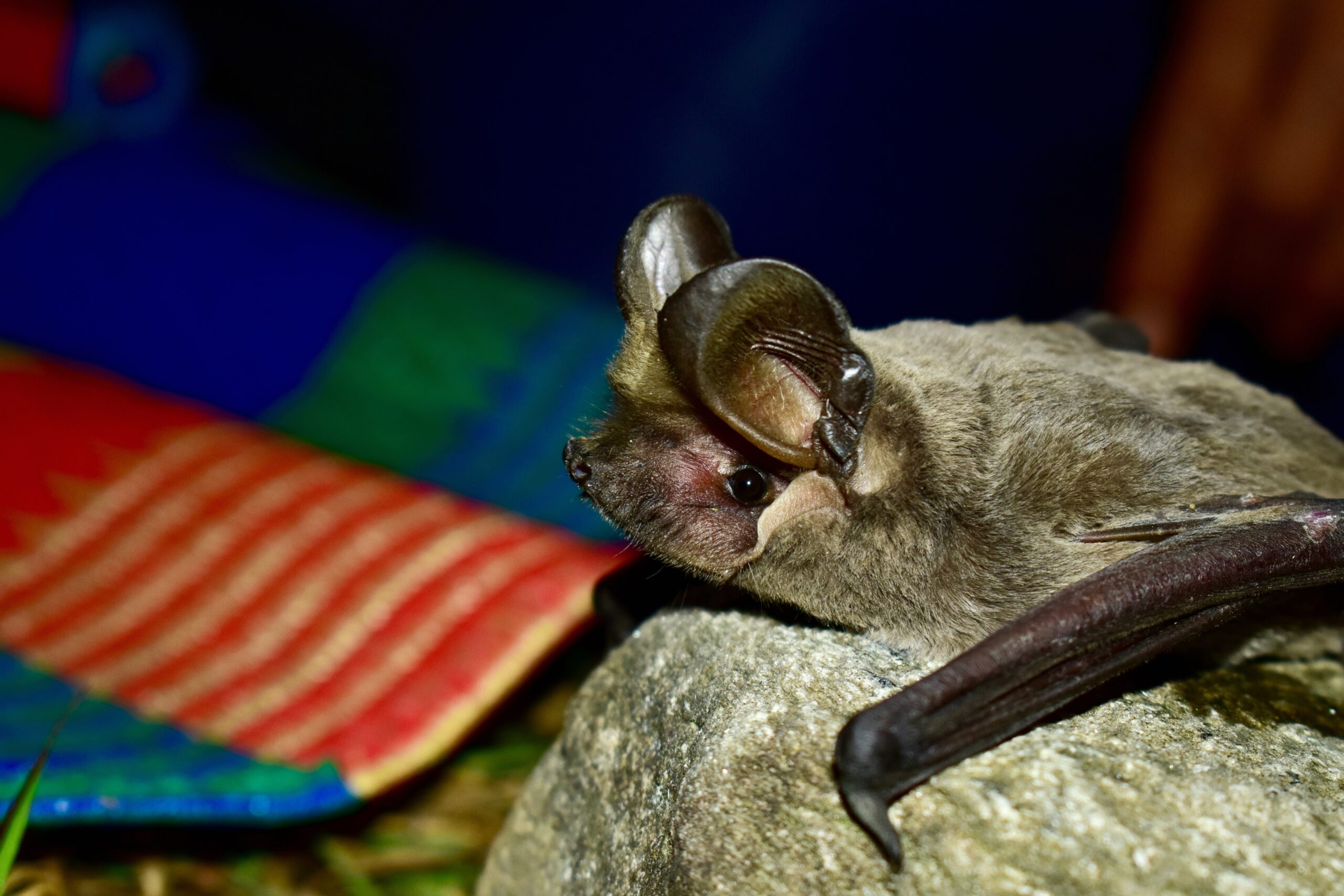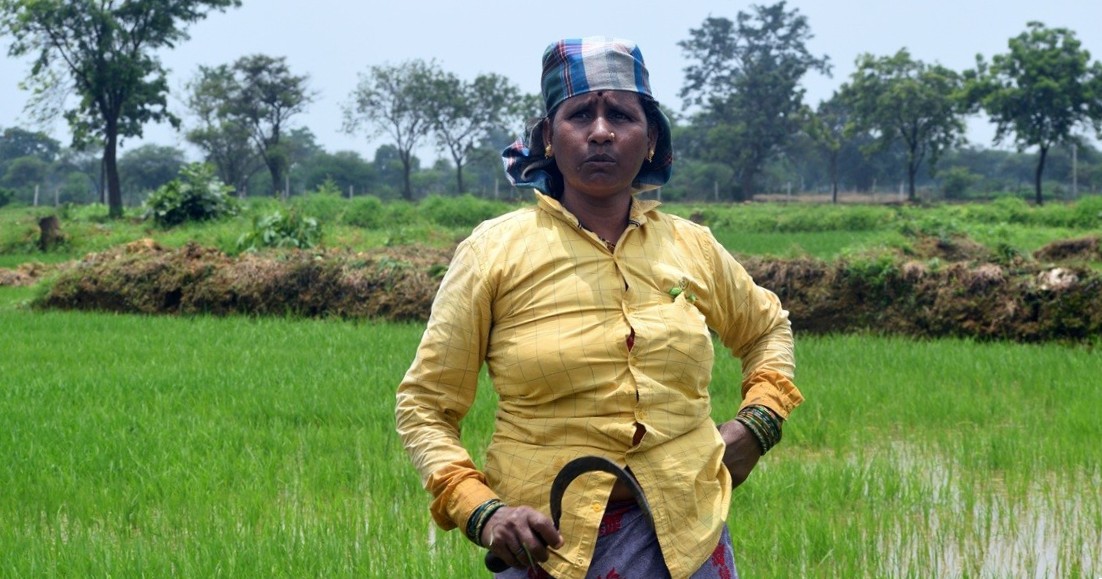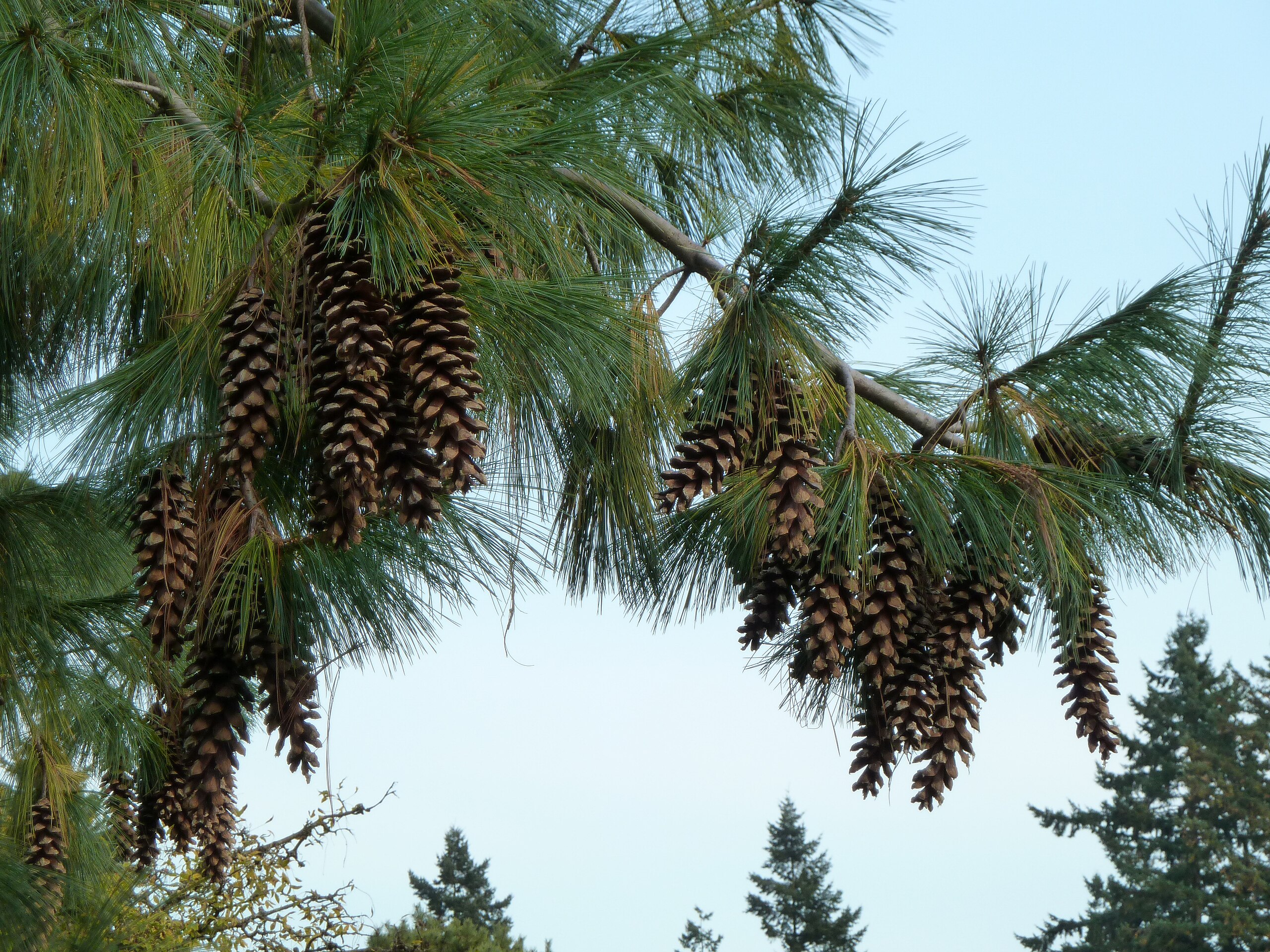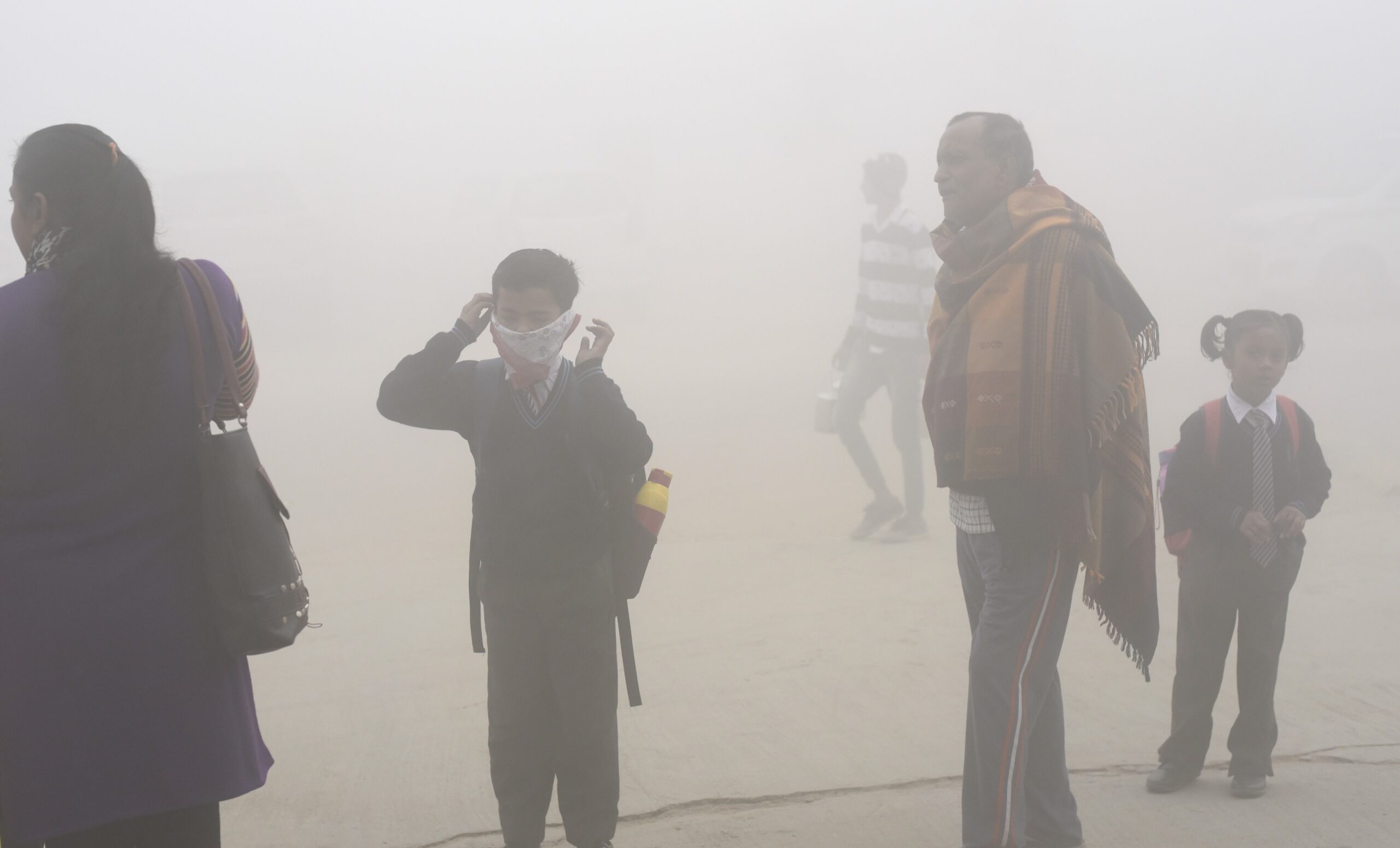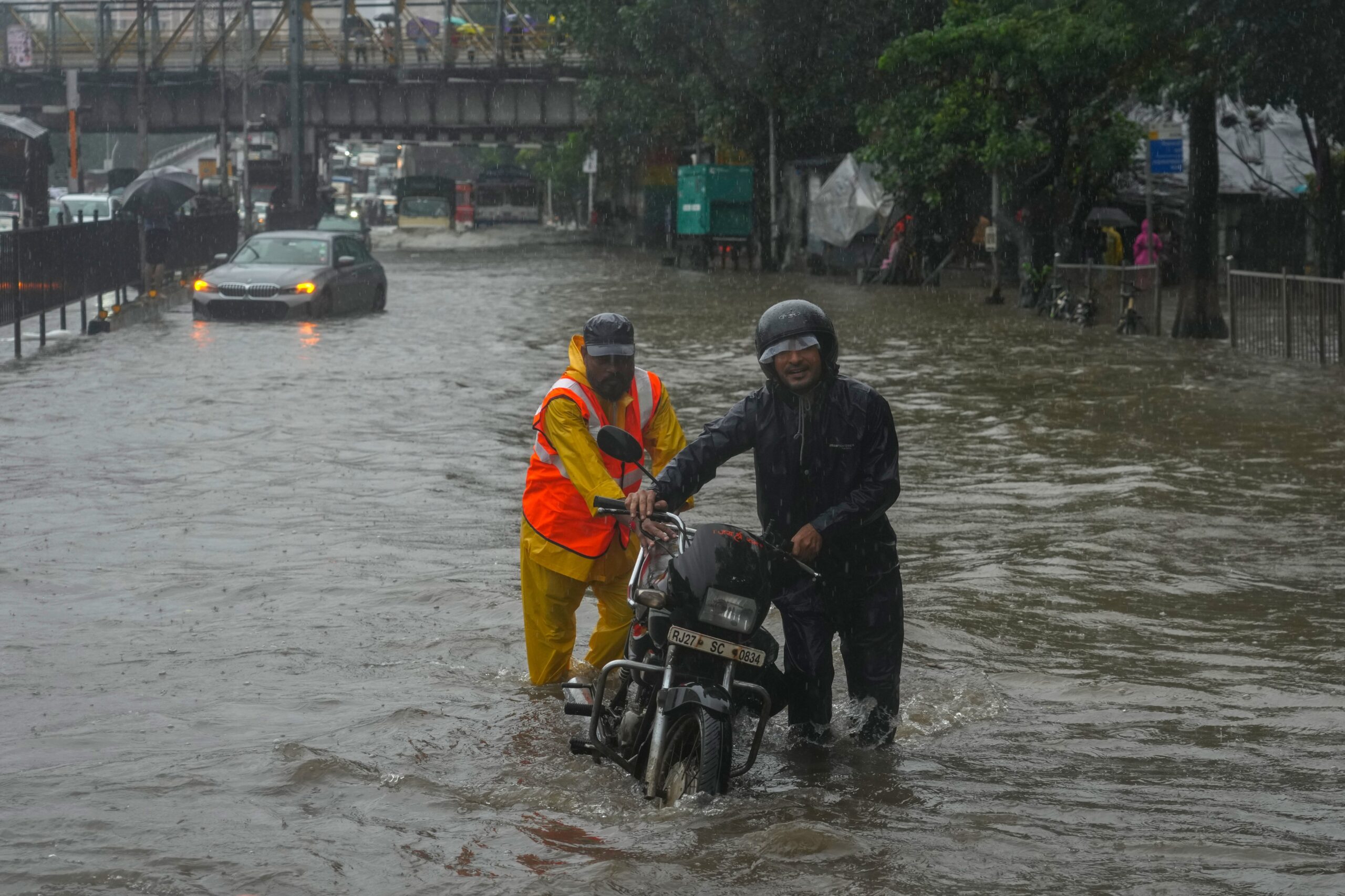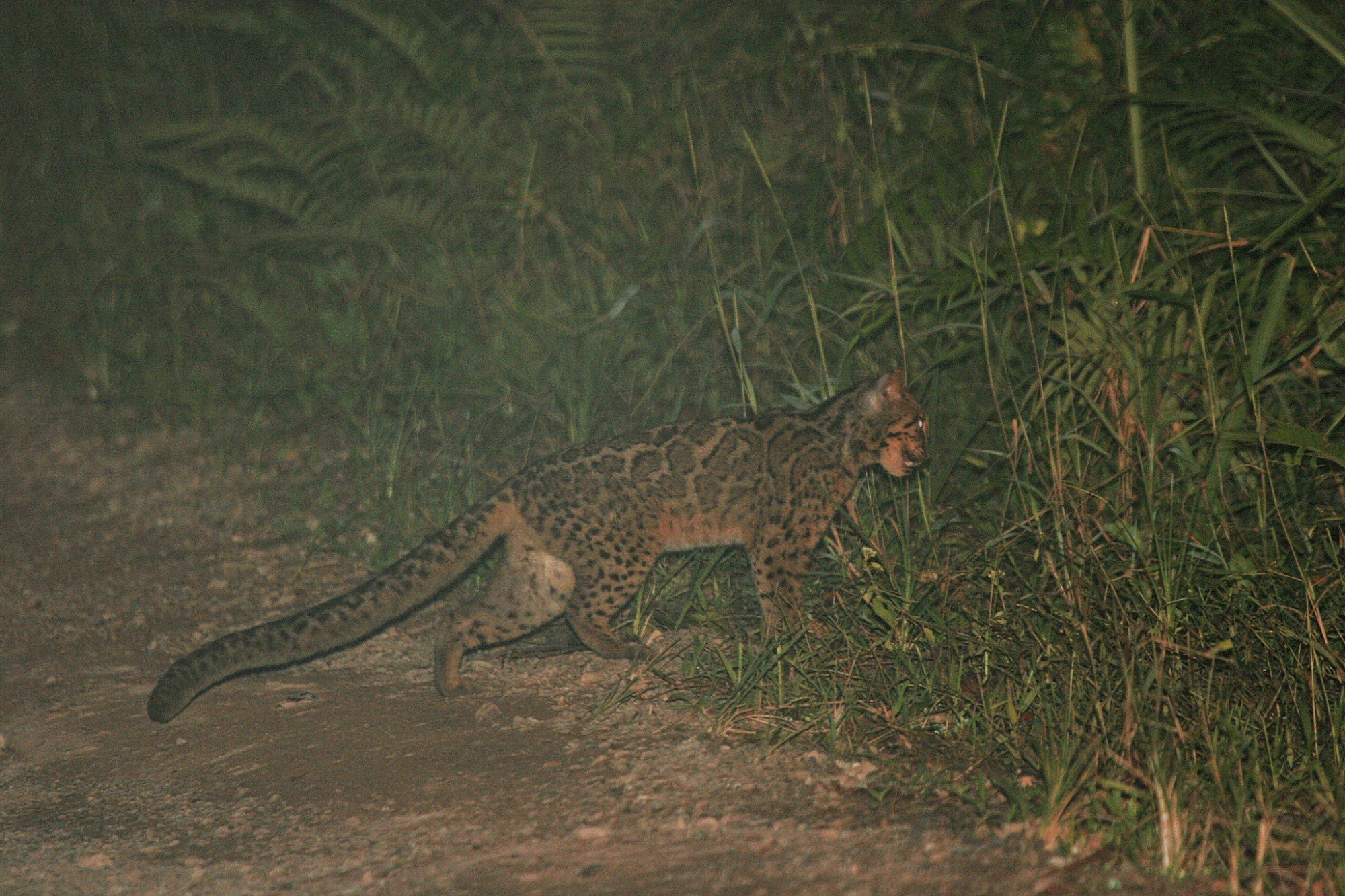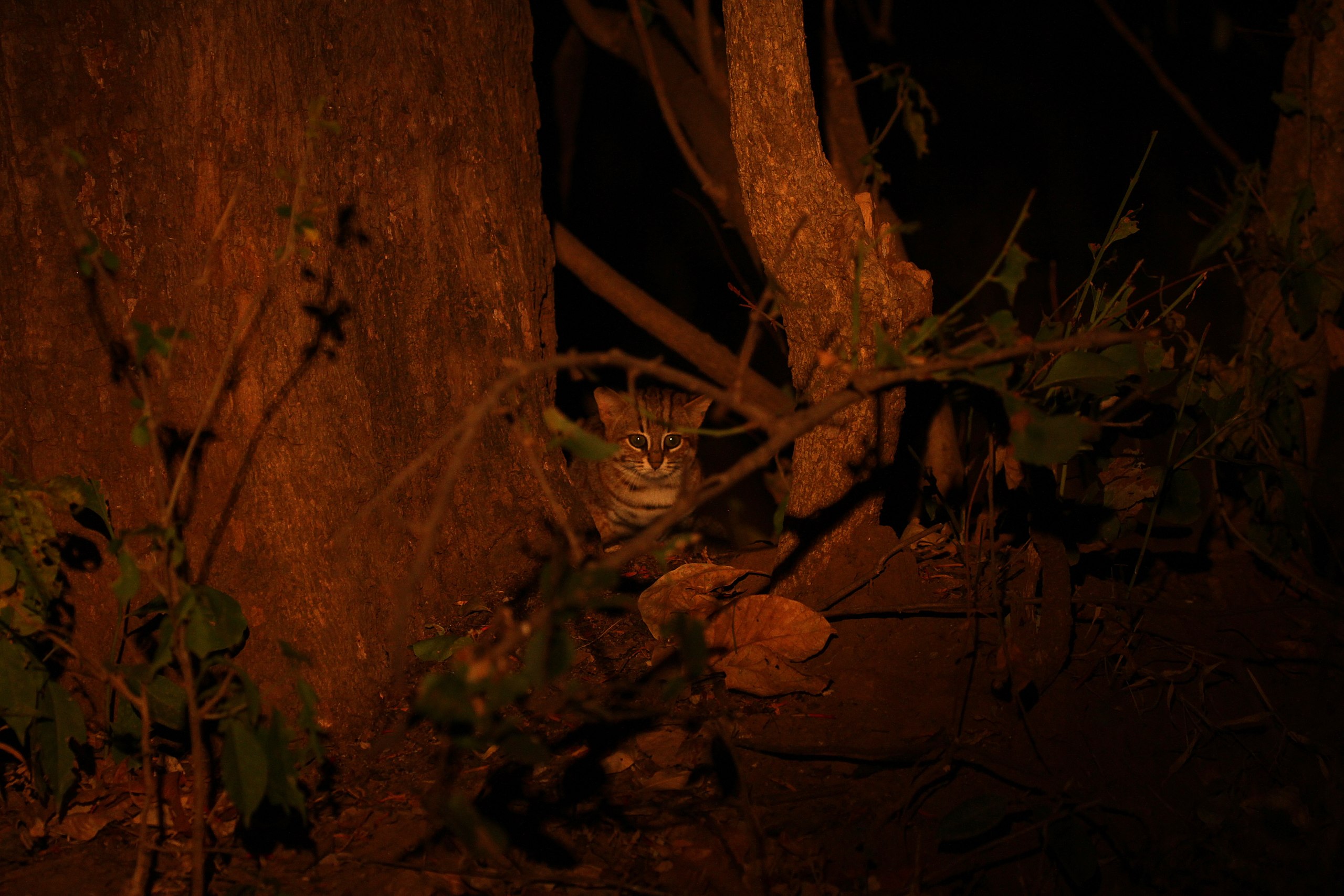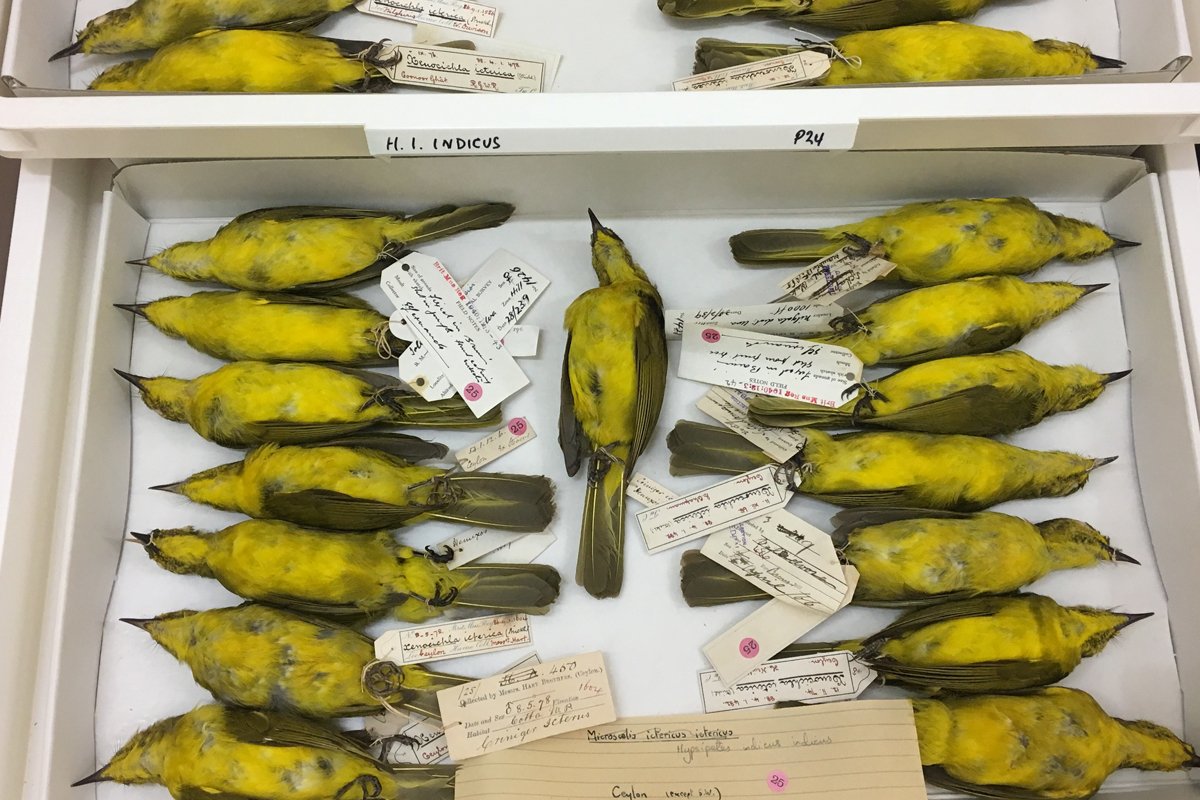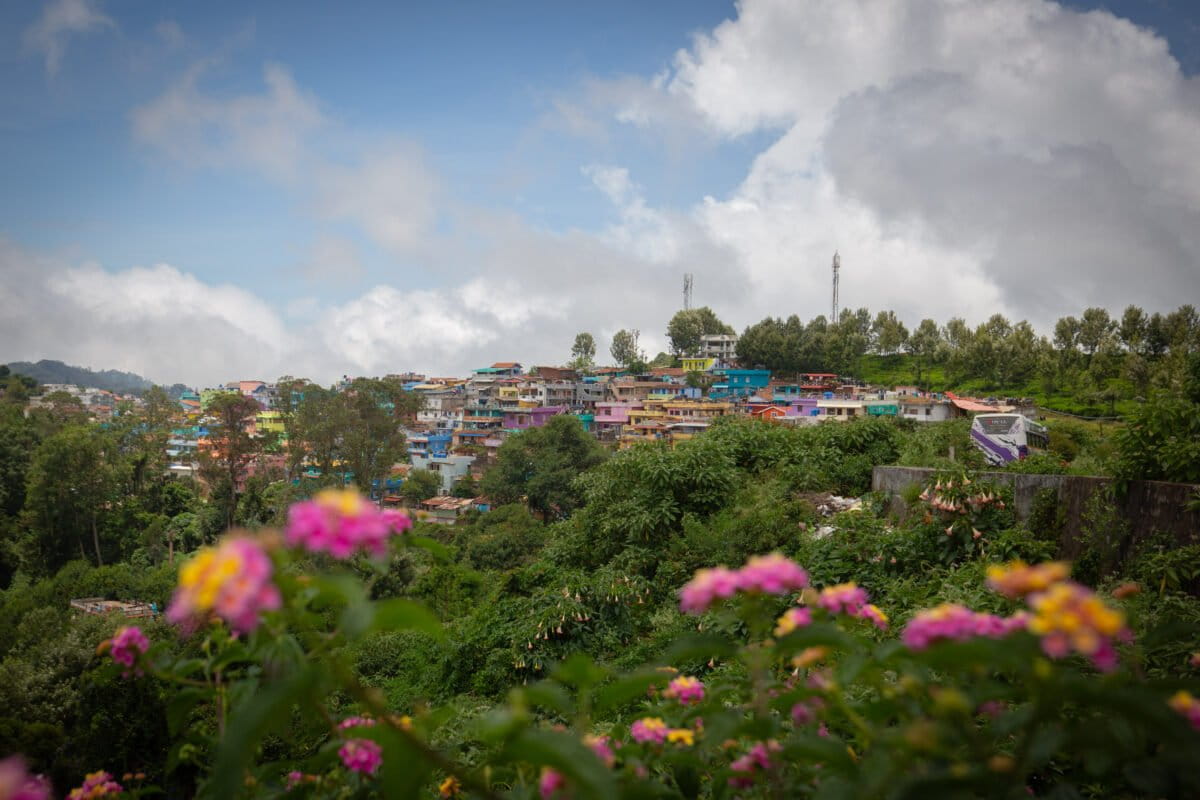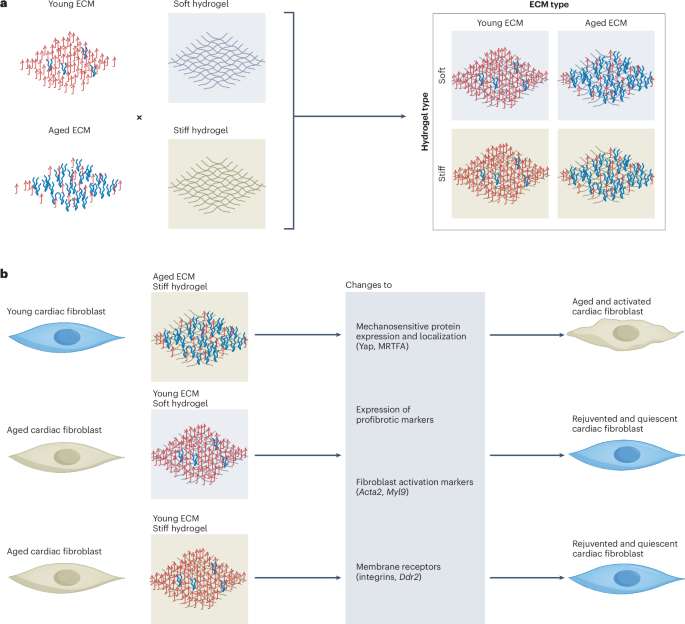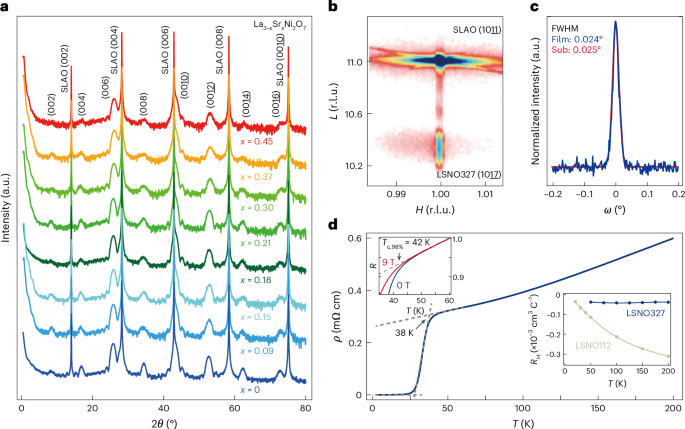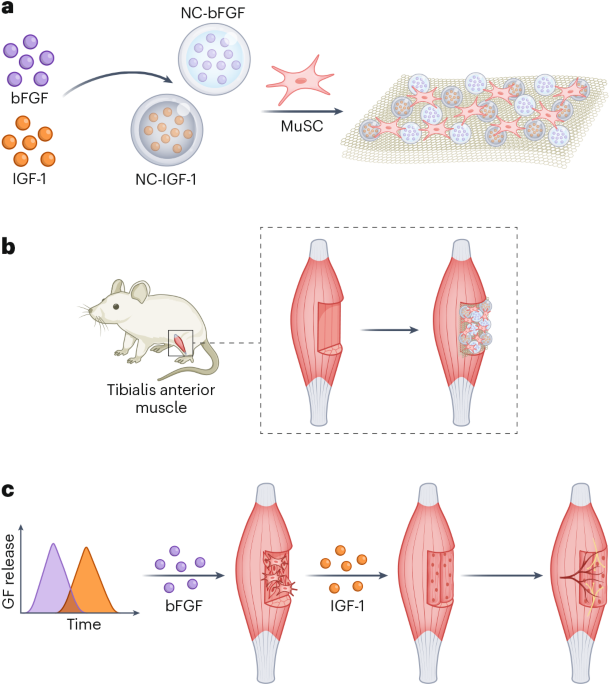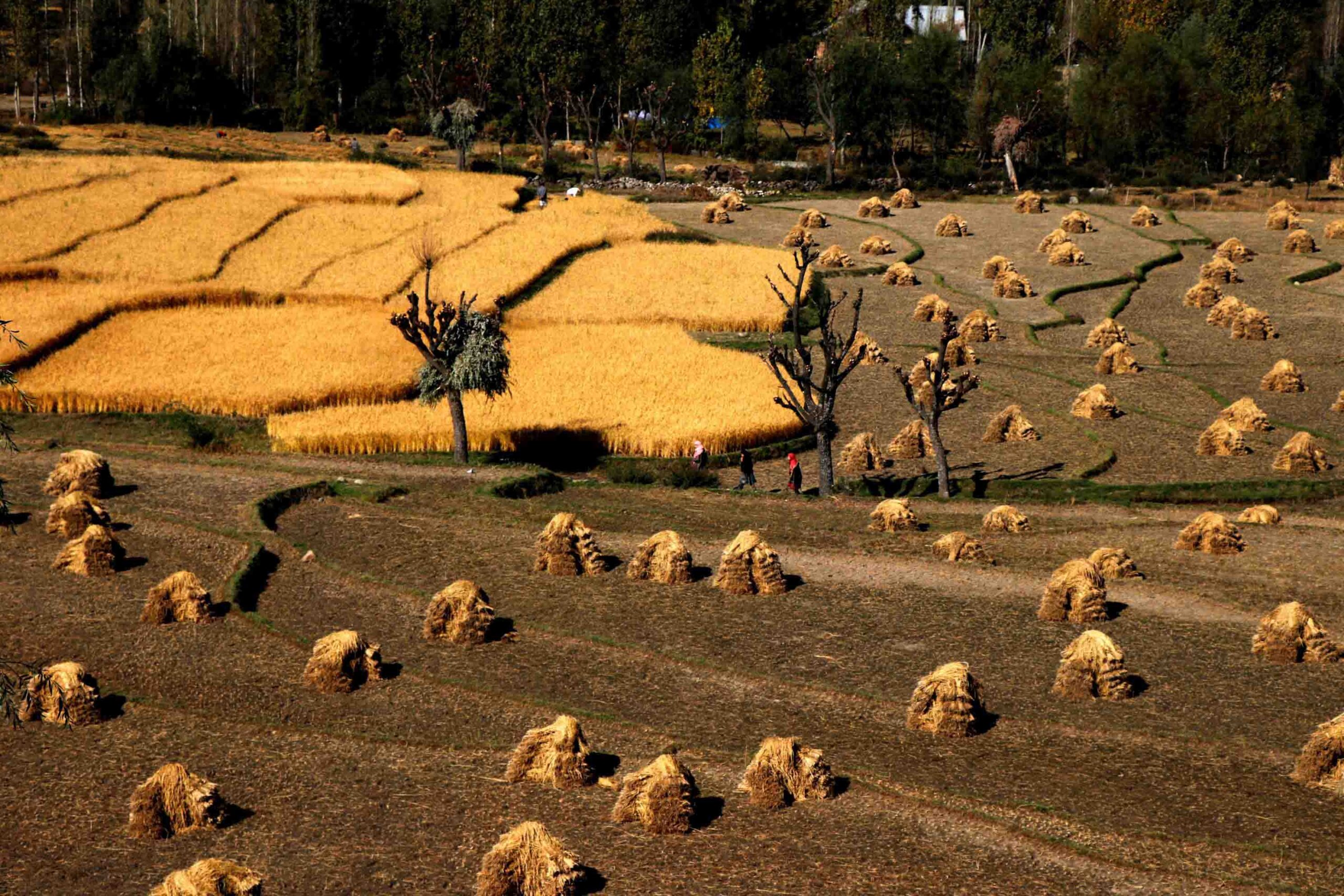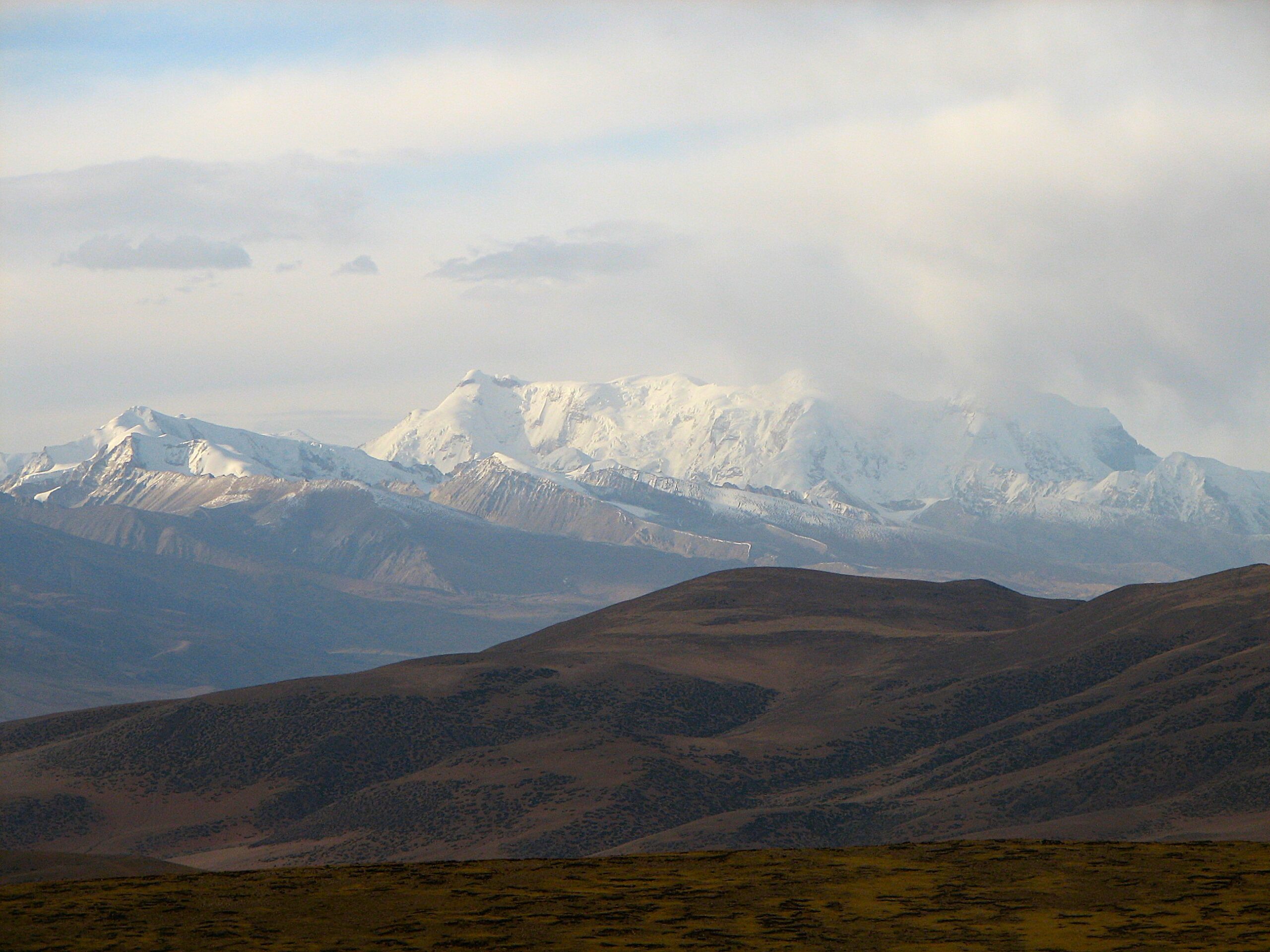
- Milkweed butterflies migrate twice a year in southern India. Once towards the Eastern Ghats and adjoining plains, before the monsoon, and then towards the Western Ghats after the monsoon, covering 300-500 km.
- The unique topography of the Indian peninsula and the monsoonal rainfall system are the main reasons for the annual butterfly migration.
- Out of the ten milkweed butterflies reported from southern India, six have been observed to migrate.
Come April, the first few pre-monsoon rains shower upon the Western Ghats, where the foliage is browned at the end of a dry winter. Plants burst into flowers. On cue, thousands of milkweed butterflies start swarming and feeding in a frenzy. Together, they take to the skies and make their way across the peninsula, to the drier Eastern Ghats and the Coromandel coast. Later in the year, the northeast monsoon rains strike the eastern part of the peninsula and the butterflies return to their mountain homes in the Western Ghats.
“When migrating they pass in such numbers that it is impossible to look out of the window without seeing them,” writes British naturalist E.H. Aitken in 1897, in the first scientific publication documenting the migration. This spectacular migration of butterflies in southern India has not gotten the same attention as its cousins, the monarchs of North America, which famously travel about 5,000-6,000 km from northern North America to Mexico, and back again, to complete their annual migration over three to five generations. The painted lady (Vanessa cardui), the most cosmopolitan of all butterflies since it has a wide geographic distribution, migrates more than twice as far (up to about 15,000 km) in round-trip migrations from northern Europe to West Africa over at least six to seven generations.
In India, many scientists, naturalists and butterfly enthusiasts have been observing this unique phenomenon of butterfly migration, but much more systematic research is needed. Some have driven behind flying butterflies, starting from Wayanad in Kerala and moving slowly east, travelling with a stream of migrating butterflies. “The Danaine butterfly migration in southern India is interesting for a) its longitudinal extent, and b) the pattern of migrational movements which is influenced by the Indian monsoon,” writes Krushnamegh Kunte in his 2005 paper documenting the migration.
“I am from Wayanad, one of the hotspots for Danaine migrations. I have been watching them since my schooldays,” says Vinayan P.A., a naturalist from Ferns — A Society for Nature Conservation in Wayanad. “One year, when we saw the butterflies start their journey east from Wayanad, we followed them in a vehicle. They fly at 10-20 km/hr speed or less, so it was not difficult. The next day, they crossed the Bandipur-Nagarhole belt and reached the Deccan Plateau. In about four days, they reached the Sathyamangalam-MM Hills belt.”

“From a Tamil Nadu perspective, there is also migration within the Eastern Ghats,” says Pavendan Appavu, founder of the Tamil Nadu Butterfly Society. “For example, butterflies sometimes move from the eastern hills complex in Tiruvannamalai and Vellore (in Tamil Nadu) and travel in a straight line into Andhra Pradesh, to the Tirupati hills. We also have Danaines fly out from the Yercaud hills in Salem, to the western districts of Tamil Nadu, i.e. the Nilgiris and Coimbatore. While the Eastern Ghats and Western Ghats are well-defined entities, and hence easier to understand, there are other, localised migrations which usually go undocumented,” he added.
What is animal migration?
Migration is a seasonal process, repeated in a timely manner, and undertaken by part or all of the population of a species. Often triggered by seasonal environmental changes, migration enhances chances of foraging, reproduction and survival. The arctic tern’s pole-to-pole annual flight, wildebeest lumbering across the Serengeti-Masai and the humpback whale all come to mind when we think of migrations. The monarch butterfly is one of the few well-known iconic butterfly migrations. However, nearly 600 butterfly species migrate, mostly in tropical countries where there are well-defined wet and dry seasons. Migration results in a dramatic change in where the butterfly populations are found, over time. While the same wildebeest individual can make an entire migratory journey, most butterfly species cannot manage an entire migration within their short lifespan; successive generations of the same species execute long-distance migrations.
What are milkweed butterflies?
Milkweed butterflies belong to the butterfly subfamily Danainae and family Nymphalidae. Milkweed butterflies are a largely tropical group of butterflies, and are especially diverse in South America, and Indo-Australia regions. The name “milkweed” for the butterfly comes from the Danainae’s preferred host plants in the Asclepiadaceae plant family, which are, called — no surprise there — “milkweeds”. The host plants are rich in special chemicals called alkaloids, which Danaines accumulate when feeding, as larvae and adults. The chemicals are toxic to predators, turning into an in-house arsenal and rendering Danaines unpalatable. Male Danaine butterflies use such alkaloids to produce courtship pheromones. They transfer these to females along with spermatophores; the females then incorporate them into their eggs for protection.
Among the ten Danaine species reported from southern India, six have been observed to migrate: the dark blue tiger Tirumala septentrionis, blue tiger T. limniace, common crow Euploea core, double-branded crow E. sylvester, plain tiger Danaus chrysippus and the striped tiger D. genutia. Studies have found adult milkweed butterflies scratching vigorously on leaves, stems, flowers, and seedpods of the plants and imbibing the exudates. Further, when migrating, female Danaines enter a stage of “reproductive diapause” — a state where their bodies stop allocating resources to reproduction. These resources are instead diverted to development of thorax muscles, which enables strong flight over longer distances.
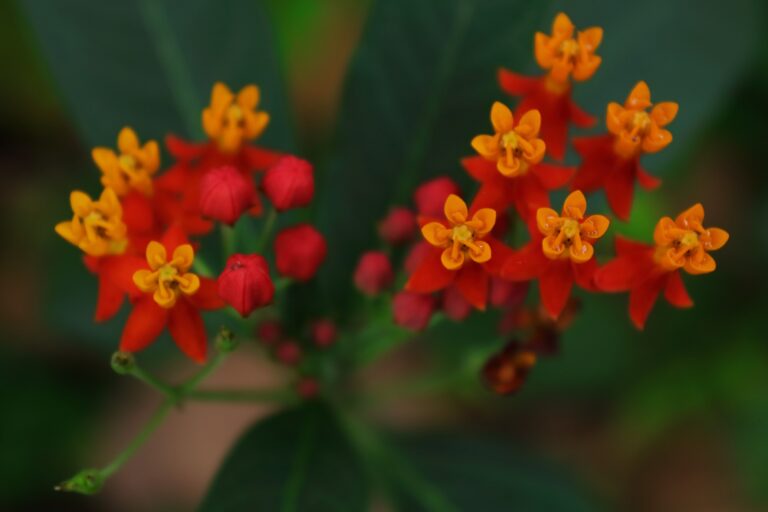
Why do milkweeds migrate in southern India?
One possible reason for the milkweed migration in southern India is the dual monsoon system found in peninsular India, and its unique topography, say experts. The Western Ghats, which run parallel to the west coast of the Indian peninsula, rises to 900-1,500 m in the northern and central regions, and to over 2,500 m in the Nilgiri and Anamalai regions of southern Western Ghats. The mountains offer a mosaic of habitats from scrub and deciduous forests, to mid-elevation evergreen forests, to montane regions where shola forests in mountain ridges alternate with grasslands on hilltops. Host plants for the egg-laying Danaine butterflies, plants of the milkweed family, are found in pockets throughout. The tall southern Western Ghats cast a rain shadow over the peninsula, which is more fed by the northeast monsoon rains.
The Western Ghats enjoy heavy rainfall between June and September, from the southwest monsoon. With low temperatures and a foggy climate, conditions are not suitable for adult butterflies. The eastern coast has milder showers, between October and January, due to the northeast monsoon. Freshly emerged butterflies in the Western Ghats head east after the pre-monsoon showers in April and May. What happens next is not completely clear, because enough research has not been done. The butterflies that moved east mate, lay eggs and perhaps die after reproduction. The newly emerged butterflies start the return journey back to the Western Ghats between October and early December, depending on the northeast monsoon and their own eclosion schedules, when the insect emerges from its egg or pupal case. Once back in the Ghats, the butterflies feed, and rest in large swarms called “congregations”, usually in sheltered spots inside evergreen forests. Then, coinciding with the flowering of trees in the wet forests, the butterflies feed actively and may reproduce before the eastward migration, starting April-May. So essentially, the butterflies breed everywhere, in all suitable habitats in the Indian peninsula; the location depends on the time of the year. Freshly emerged butterflies undertake the migratory journeys.
This is clearly a season-related migration, says Appavu from the Tamil Nadu Butterfly Society. “As long as the rains follow this pattern, you can see them migrating one way in April-May and the reverse will happen in September-October. Whenever there is good rainfall in pre-summer or summer, there is a sudden growth of host plants, food availability, lack of predation — these factors can result in a sudden surge of numbers. Once the numbers go up, there is a resource crunch and they are forced to move,” he said. “Another reason is that the monsoonal weather pattern creates climatic conditions that are not conducive for butterfly survival. Monsoon rains are heavy! Butterflies need a sunny climate to fly and forage; they try to avoid heavy rains. It is similar to the monarch butterflies from North America moving away from cold northern latitudes to relatively warm climates.”
Read more: Crimson rose butterflies migrate across the sea, leaving a trail of questions
What are butterfly congregations?
Butterfly congregations are gatherings of a large number of butterflies in one spot. In the east-west butterfly migration in southern India, after reaching the Western Ghats in October-November, the butterflies first feed actively. They later cluster in large congregations in shaded forests such as evergreen, semi-evergreen, and riparian forests, keeping away from human-dominated areas. “It is similar to hibernation,” says Appavu. “The butterflies are probably genetically pre-wired to reach a particular spot. I have seen congregations in Silent Valley where thousands of butterflies stick onto plants and trees, almost looking like leaves!” Once in congregations, the butterflies move over a limited space, and remain there in a less active state for the next three to four months.

In a study that spanned six migration seasons (2018 to 2023) in Wayanad, Kerala, Vinayan and collaborators found butterfly numbers at a congregation site plunge from more than 25,000 in 2019 to less than 50 in 2022, and then recover to more than 5,000 in 2023. This indicated that the populations were able to bounce back from really low numbers, write the authors. “Probably, fewer butterflies migrated to these congregation sites in 2022,” says Vinayan. “This is possibly because of threats in the previous season’s breeding grounds, such as habitat loss and local climatic conditions.”
While enough is not known about why the South Indian danaines congregate, the same reasons as the North American monarchs probably hold true: to optimize food plant exploitation, reproduction and migration strategies.
Do other butterflies migrate in peninsular India?
More than 30 species of butterflies migrate in southern India, though observations and further research are ongoing, says Kalesh Sadasivan, founder member of the Travancore Nature History Society, who has been observing and studying butterflies for the last 25 years. He was fascinated by butterfly migration when he saw a swarm pass through a shopping mall in Tirunelly at Wayanad. “I have been observing that there are multiple kinds of butterfly migrations in southern India,” said Sadasivan. “The Danaine migration is most spectacular, because there is longitudinal movement; there is a bit of latitudinal movement as well.” The Catopsilia butterflies (common emigrant) from the family Pieridae show latitudinal movement. Others show elevational movement, moving down from high mountain peaks to avoid the cold; there are also between-country and trans-continental migrations, he added.
To know more about butterfly migrations, they need to be sampled “mid-stream” with a net and different traits need to be noted, says Sadasivan. Where the sampling is done, is also important. “Migrations manifest more in some areas,” he says. “There is something called ‘funneling’, for example in a valley or a gap in a mountain chain. Also, every butterfly species has its own population cycles over multiple years, due to other factors like parasitoid infections, host plant variability. This makes every butterfly swarm different, and every year different.”
Appavu agrees. Huge congregations and high numbers of migrating butterflies are not seen in the Tamil Nadu plains. “The hills have dense vegetation, where the butterfly population can increase to high numbers. The host plants may have been there at high density in the plains as well, but probably we have cleared them away and the plants are not present contiguously now,” he added.

They don’t get eaten, but what are the other threats to migrating milkweeds?
Further studies are needed for the Danaines migrating in India, but the North American monarch butterfly species has been studied very well, and many of the threats are applicable in the Indian context as well. There is a general decline in the population of larval food plants. The use of herbicides has made some of the food plants toxic to caterpillars and egg-laying females. Habitat loss and fragmentation has caused the decline of larval food plants and overwintering congregation sites. The migratory routes are also affected. Climate change is likely to affect moisture and temperature regimes, and thereby disrupt migratory cues or the environmental signals that guide migration. In addition, migrants are affected by wind patterns: stronger winds can carry the migrants far from their destination, and weak winds may increase the energy required to reach the destination.
The migrating butterflies are also impacted by linear infrastructure such as highways and rail tracks, because they fly at low heights, of about one to four metres above the ground. “Unfortunately these butterflies have to manage national highways! Imagine the highways across Tamil Nadu, from Coimbatore to Salem, Salem to Bengaluru! Krishnagiri lies along a major migratory route,” says Appavu. “Birds fly safely at a height. Butterflies fly at a low height and get killed in huge numbers.”
Further, many Indian national highways use the Nerium oleander plant (arali in Tamil) along highways, which the crow and double-branded crow butterflies use as a host plant. This attracts the butterflies to highways, especially egg-laying females, resulting in them getting killed by moving vehicular traffic.
The variability of the migratory phenomenon between years, the dependence of migrating species on multiple habitats located far from each other, compound the conservation challenges for southern India’s flying tigers and crows.
Citation:
- Aitken, EH. (1897). The migration of butterflies. Journal of the Bombay Natural History Society, 11, 336–337.
- Kunte, K. (2005). Species composition, sex-ratios and movement patterns in Danaine butterfly migrations in southern India. Journal of the Bombay Natural History Society, 102(3), 280–286.
- Bhaumik, V., & Kunte, K. (2017). Female butterflies modulate investment in reproduction and flight in response to monsoon‐driven migrations. Oikos, 127(2), 285–296. https://doi.org/10.1111/oik.04593
- Chowdhury, S., Fuller, R. A., Dingle, H., Chapman, J. W., & Zalucki, M. P. (2021). Migration in butterflies: a global overview. Biological Reviews/Biological Reviews of the Cambridge Philosophical Society, 96(4), 1462–1483. https://doi.org/10.1111/brv.12714
- Sony, R. K., & Arun, P. R. (2015). A case study of butterfly road kills from Anaikatty Hills, Western Ghats, Tamil Nadu, India. Journal of Threatened Taxa, 7(14), 8154. https://doi.org/10.11609/jott.1743.7.14.8154-8158
- Vinayan, P. A., Yathumon, M. A., Sujin, N. S., Kumar, B. N. A., Ajayan, P. A., Muneer, P. K., . . . Anoop, N. R. (2023). Pattern and drivers of danaine butterfly migration in Southern India: implications for conservation. Journal of Insect Conservation, 27(3), 505–516. https://doi.org/10.1007/s10841-023-00473-z
- Vinayan, P. A., Yathumon, M. A., & Jadeja, S. (2025). Large yearly fluctuations in congregation sizes of migratory danainae butterflies in the western Ghats, India. Biotropica, 57(3). https://doi.org/10.1111/btp.70040
Banner image: Striped tiger butterflies congregate in Sanjay Gandhi National Park in Maharashtra. Image by Dr. Raju Kasambe via Wikimedia Commons (CC BY-SA 4.0).






